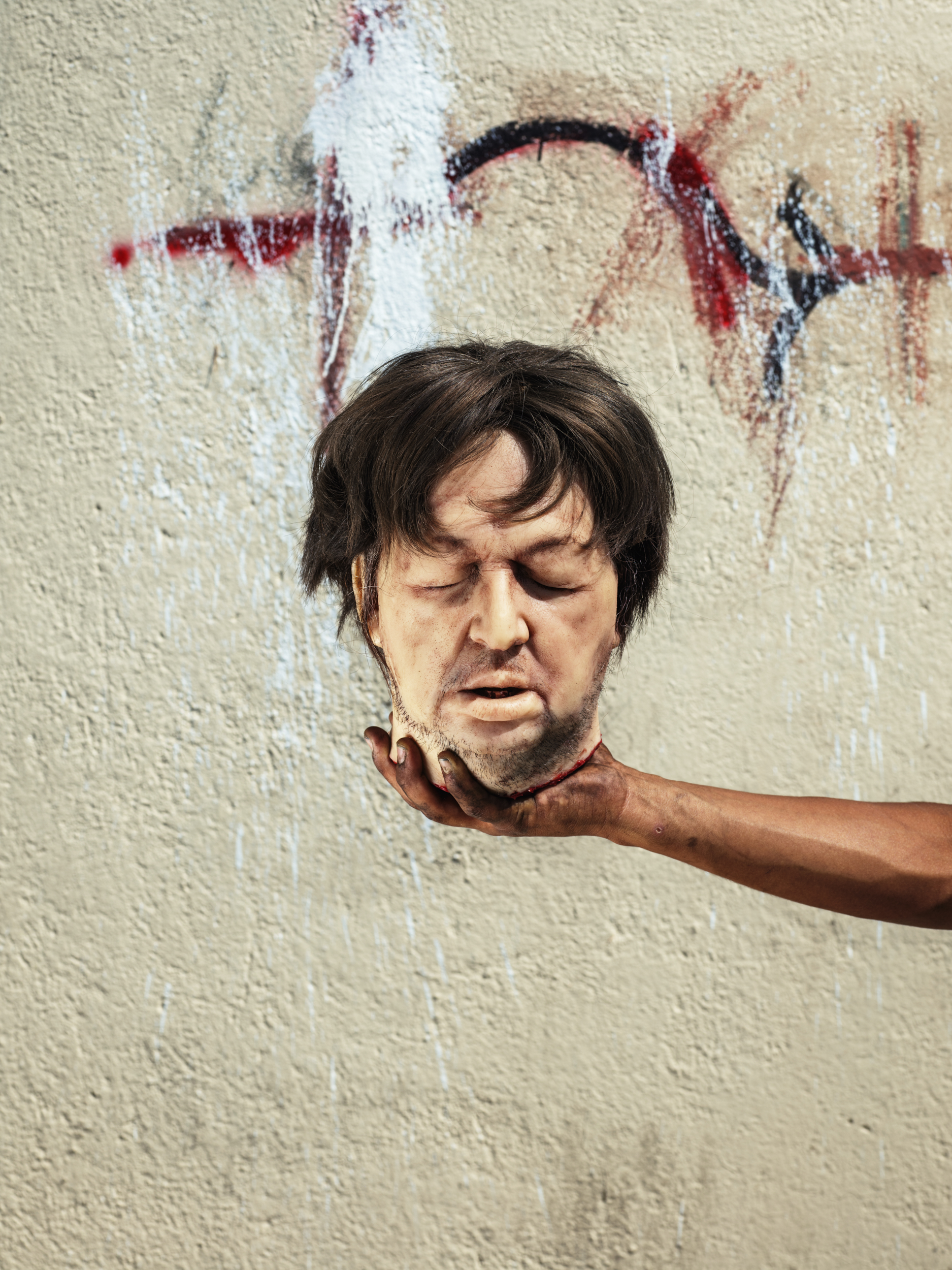 The hero prop
The hero propMexico City, 2019
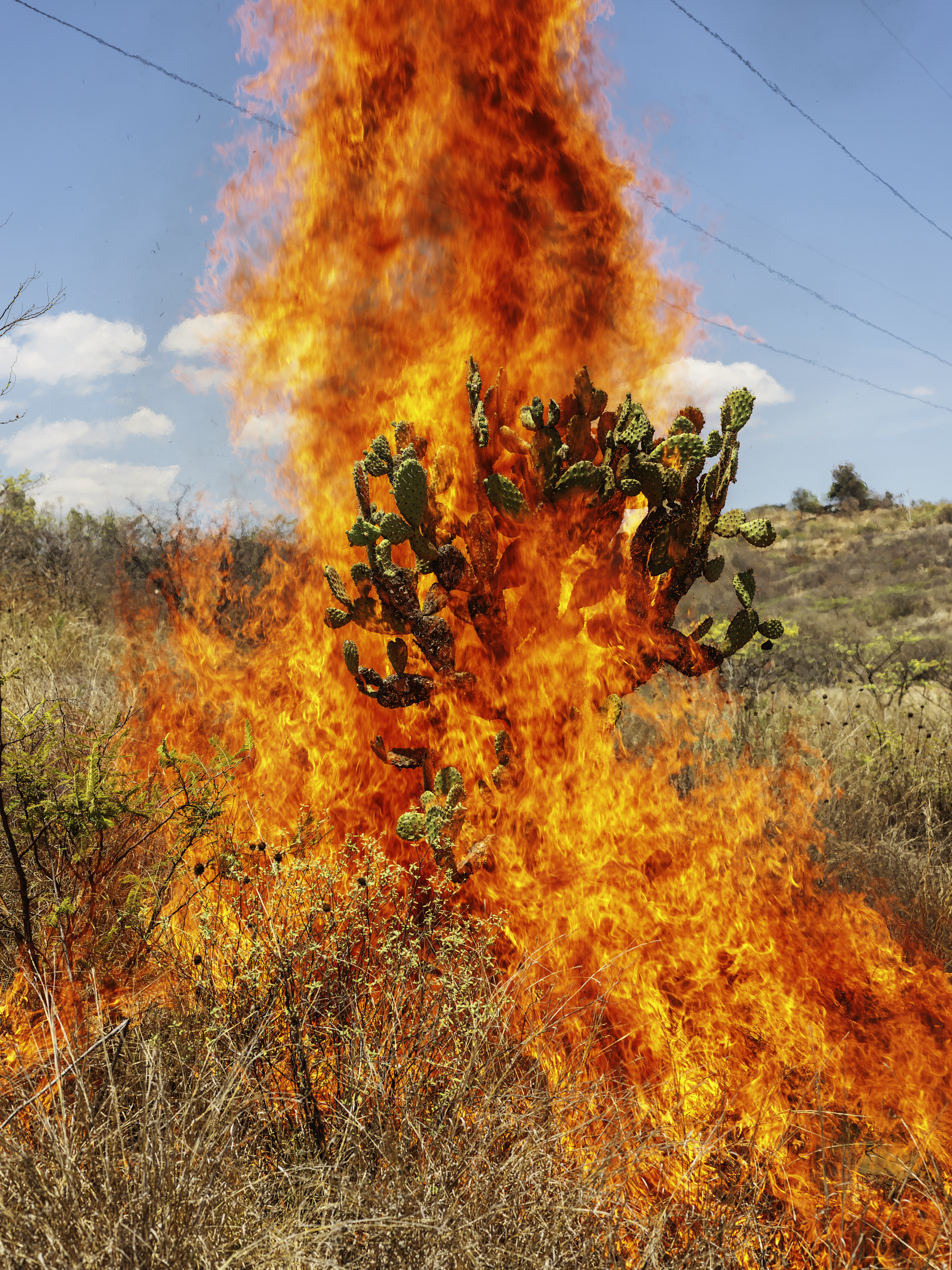 Burning bush
Burning bushOaxaca de Juárez, 2018
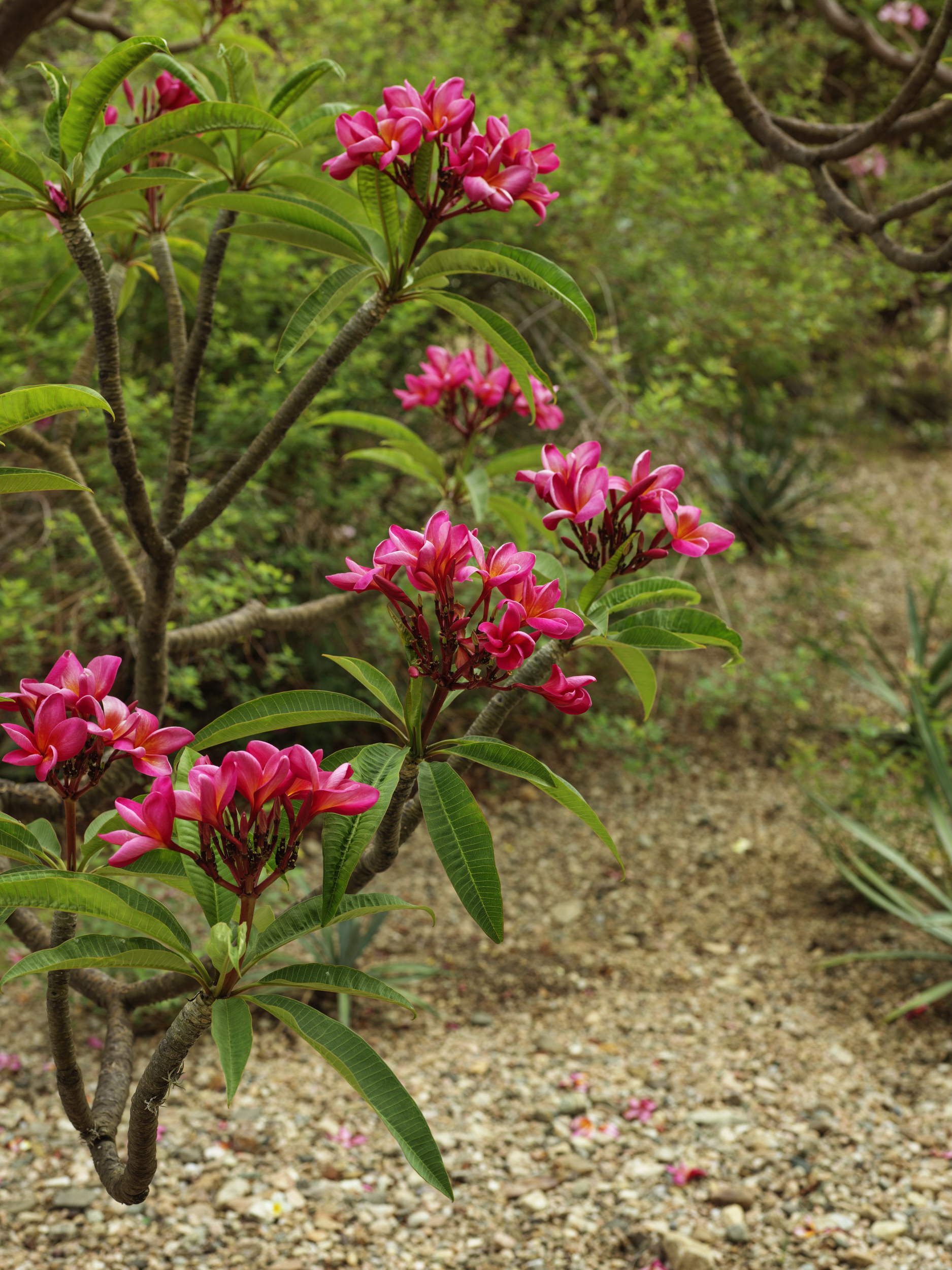 In bloom
In bloomOaxaca de Juárez, 2018
 The asylum seeker
The asylum seekerHermosillo, 2019
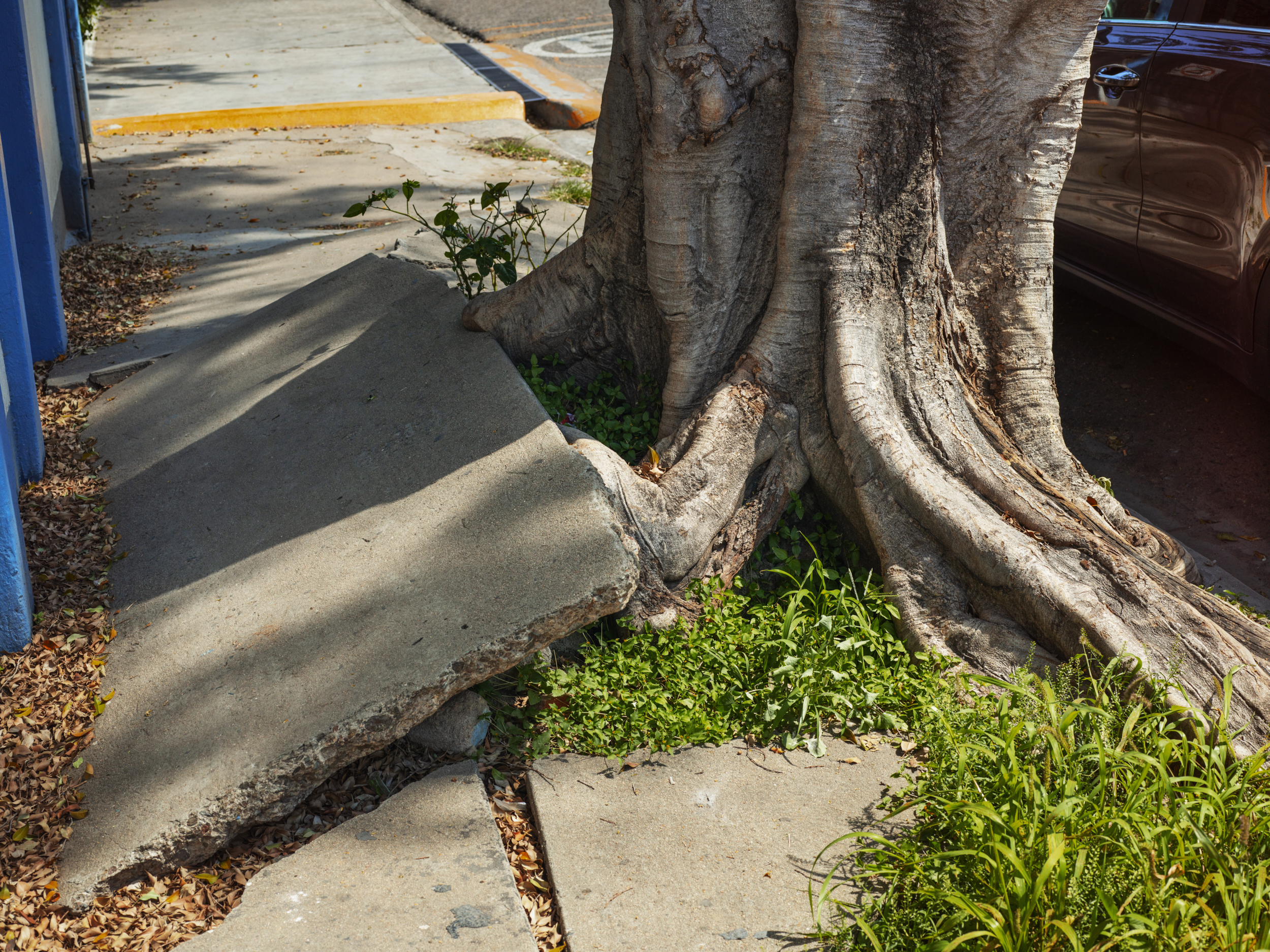 Nature’s malice
Nature’s maliceOaxaca de Juárez, 2019
 Zapata and Adelita
Zapata and AdelitaMexico City, 2019
 After Siqueiros
After SiqueirosOaxaca de Juárez, 2018
 Undercover police officer
Undercover police officerOaxaca de Juárez, 2019
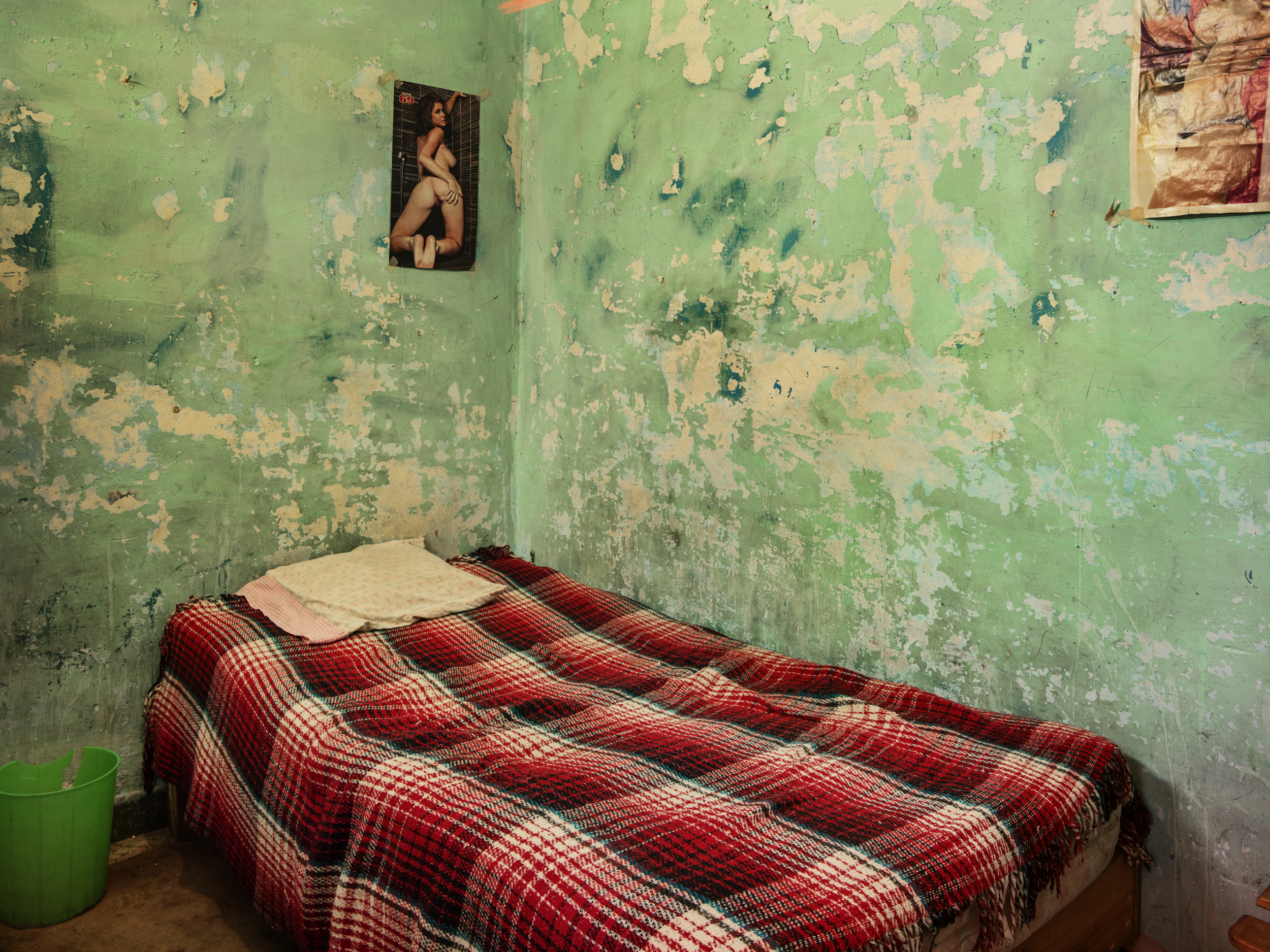 Bordello
BordelloOaxaca de Juárez, 2019
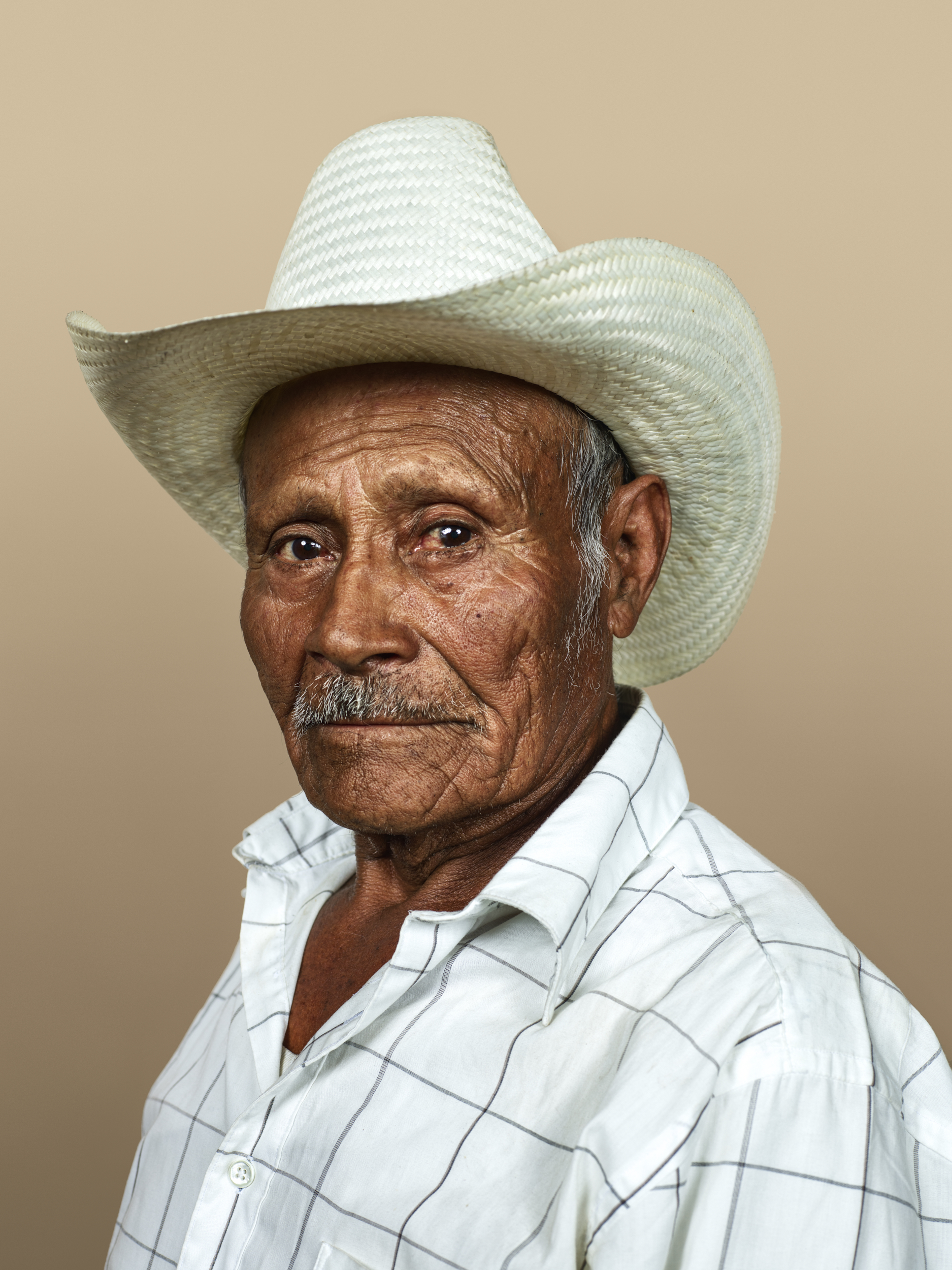 Ranchero
RancheroOaxaca de Juárez, 2018
 Inside the Institutional Revolutionary Party headquarters
Inside the Institutional Revolutionary Party headquartersMexico City, 2019
 A thousand miles
A thousand milesVilla del Carbón, 2019
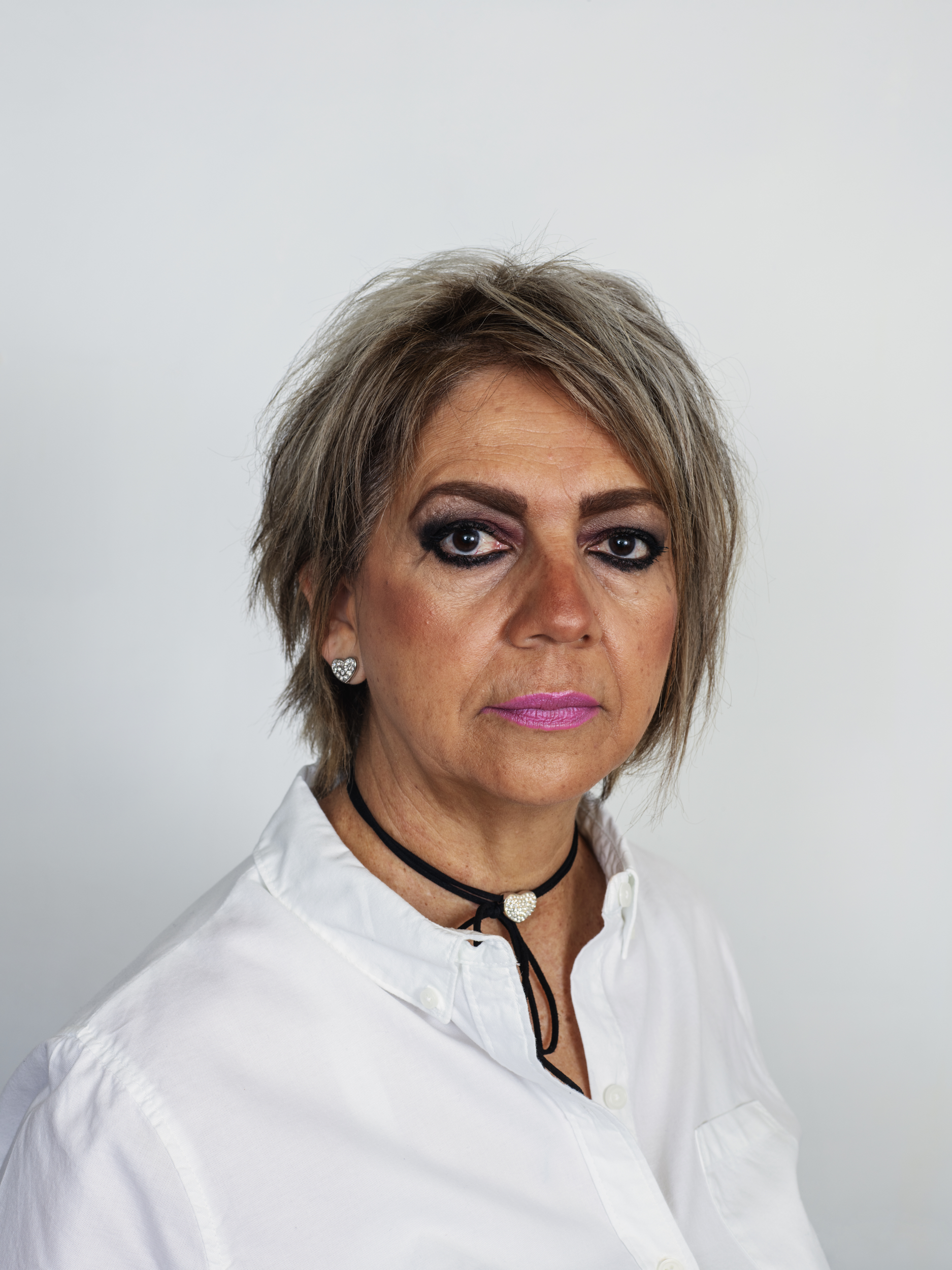 Lady from the north
Lady from the northHermosillo, 2019
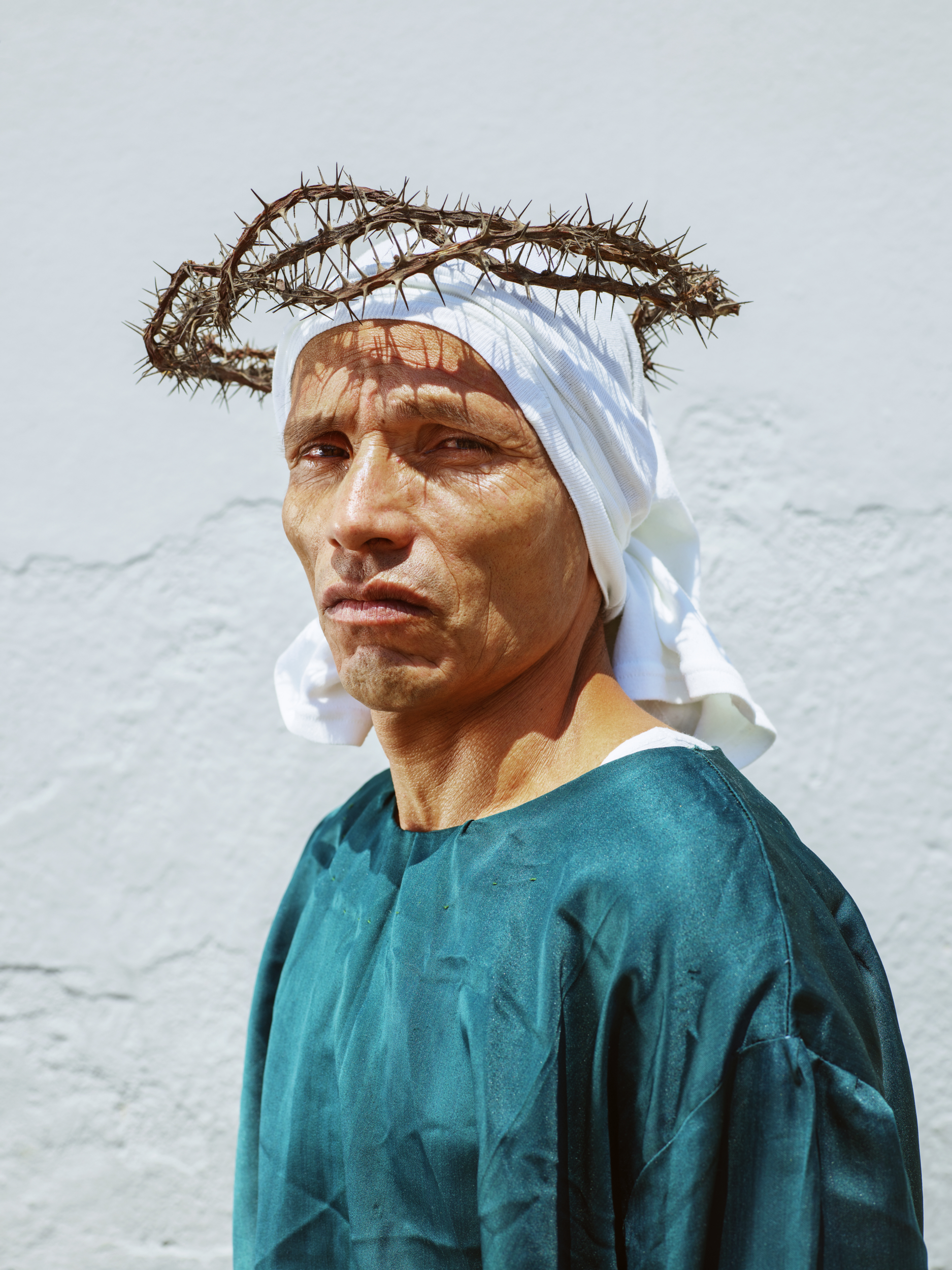 Black Friday
Black FridayOaxaca de Juárez, 2018
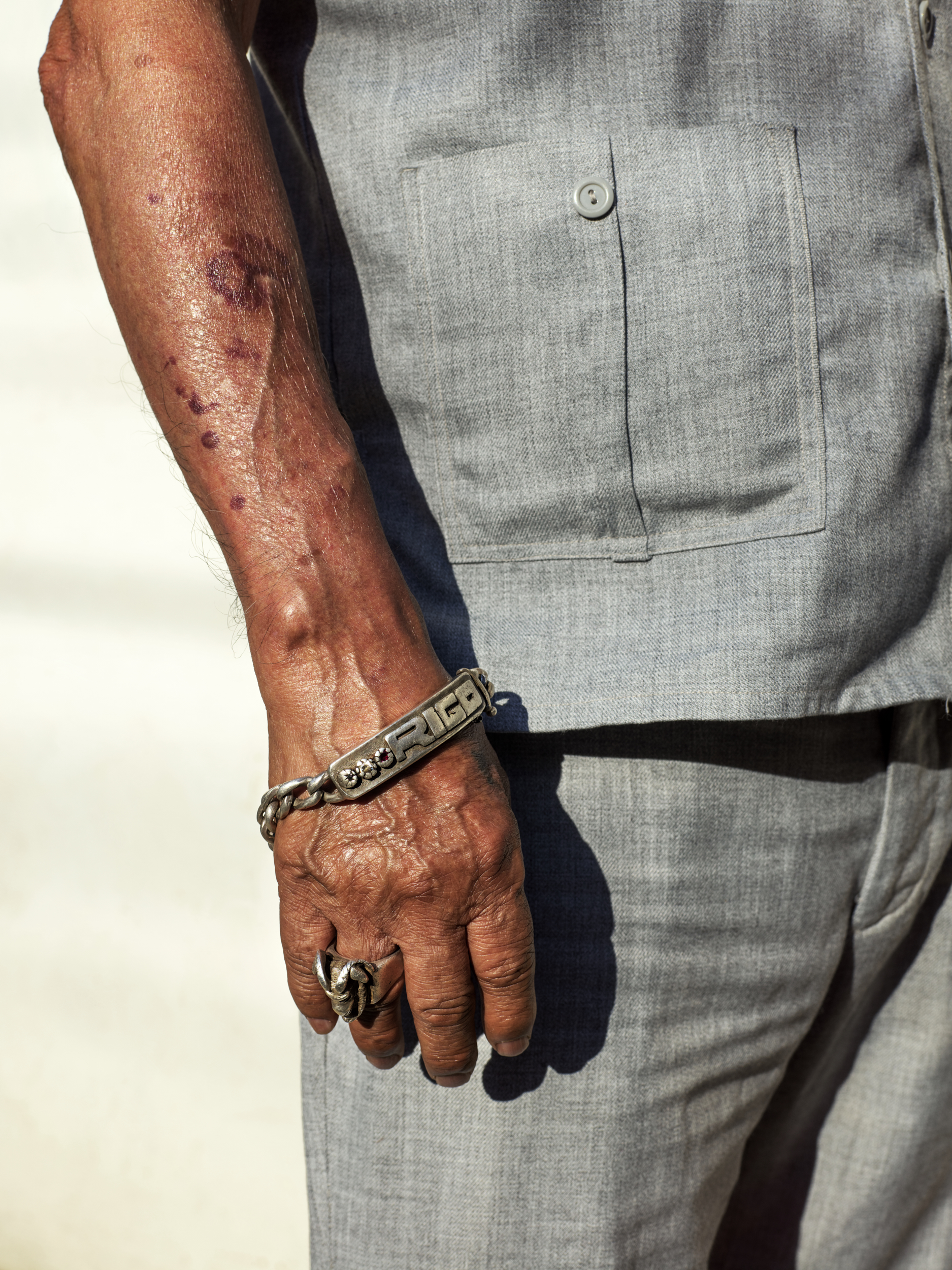 Rico
RicoOaxaca de Juárez, 2018
 The advocate at home
The advocate at homeMexico City, 2019
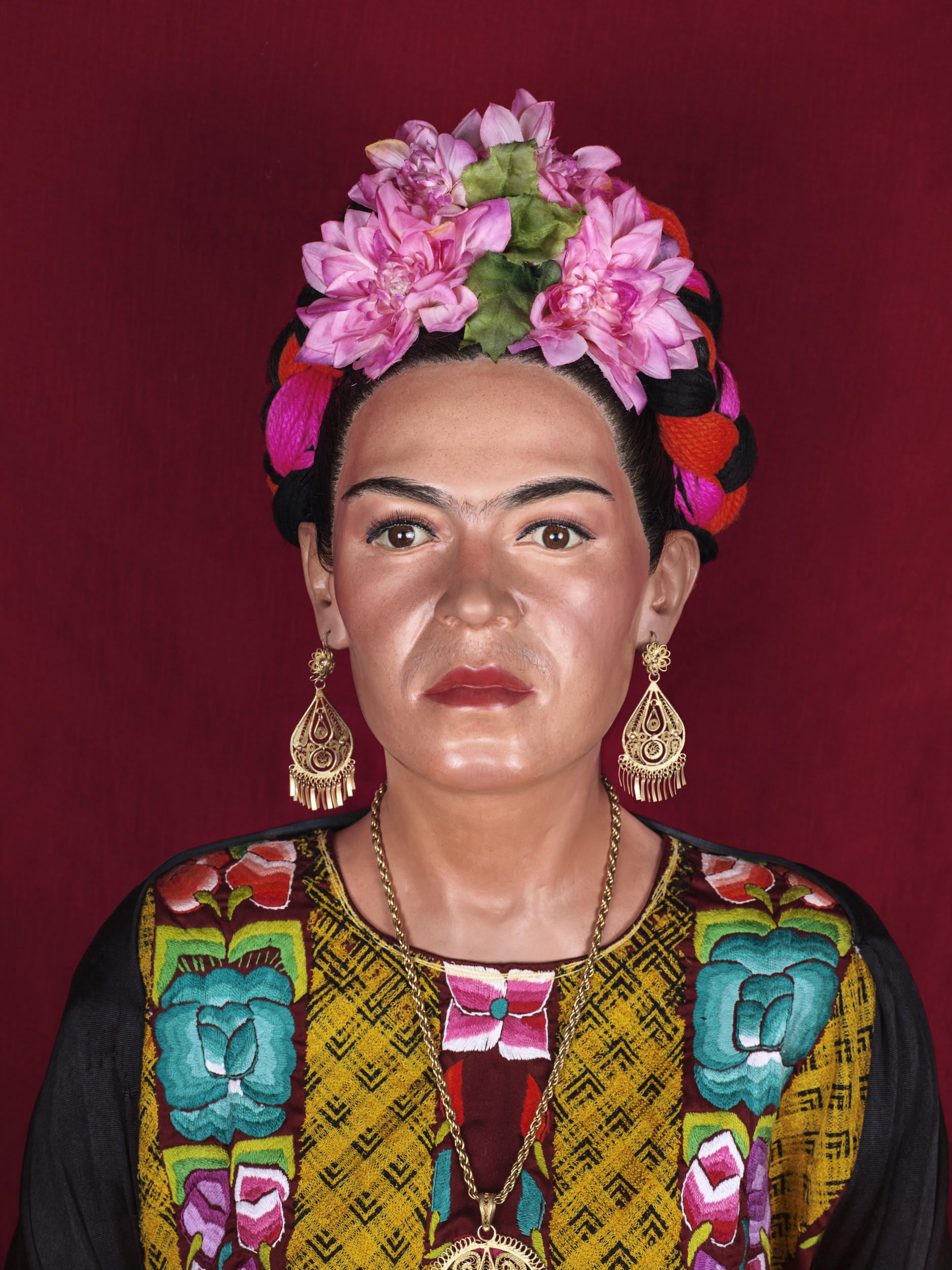 Fake Frida
Fake FridaMexico City, 2019
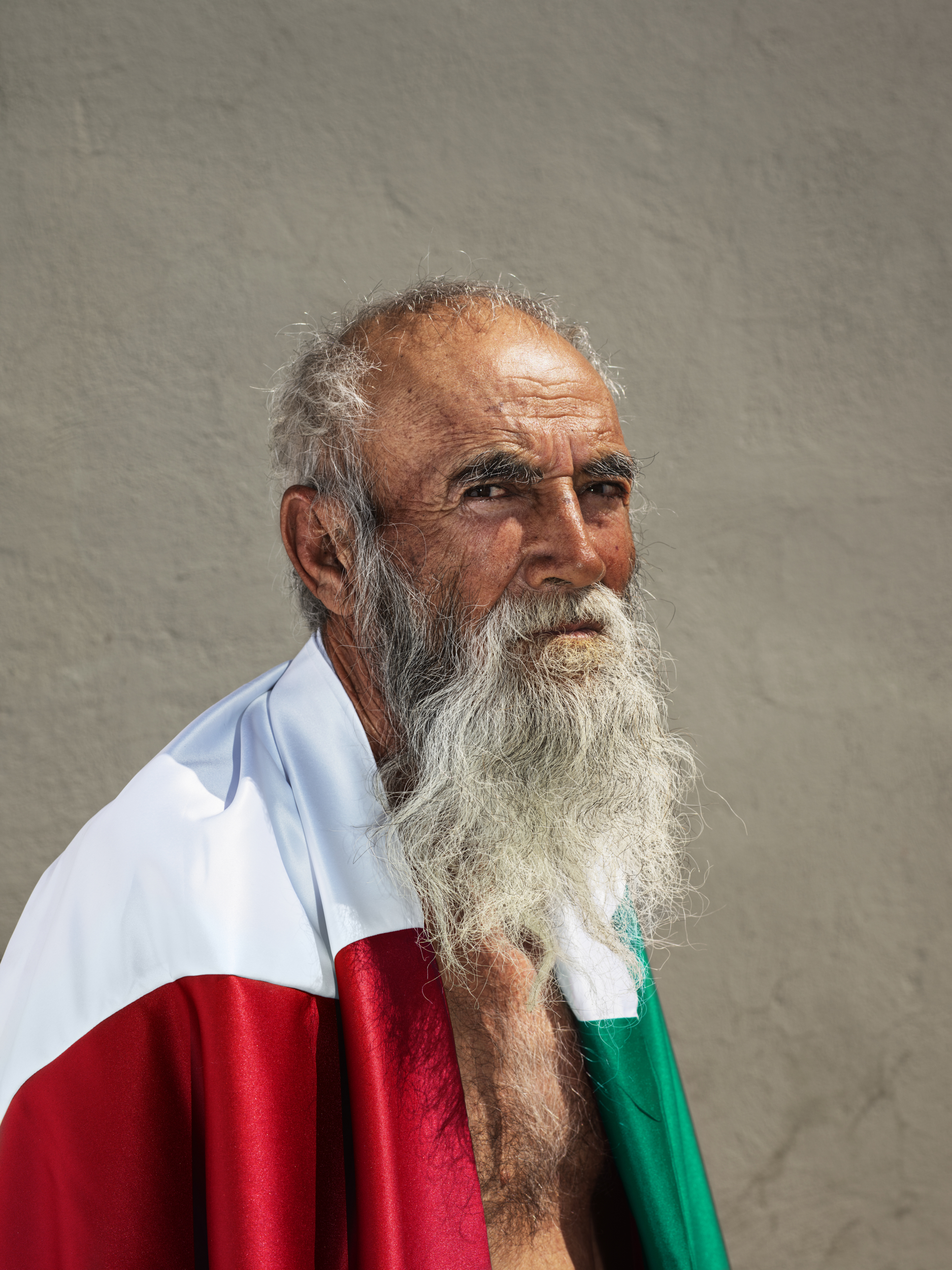 Drifter
DrifterHermosillo, 2019
 The lovers
The loversMexico City, 2019
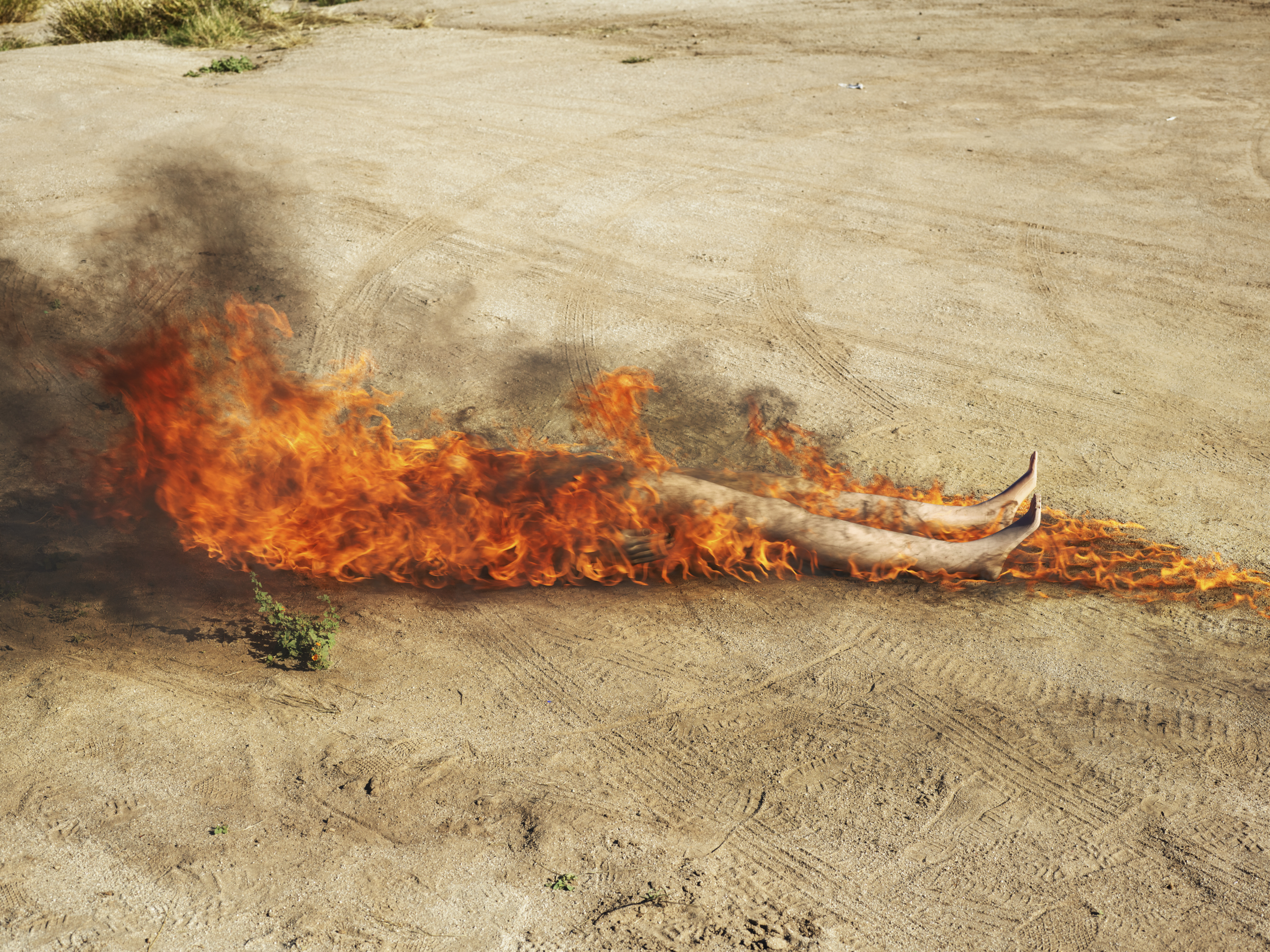 Spoliation of evidence
Spoliation of evidenceHermosillo, 2019
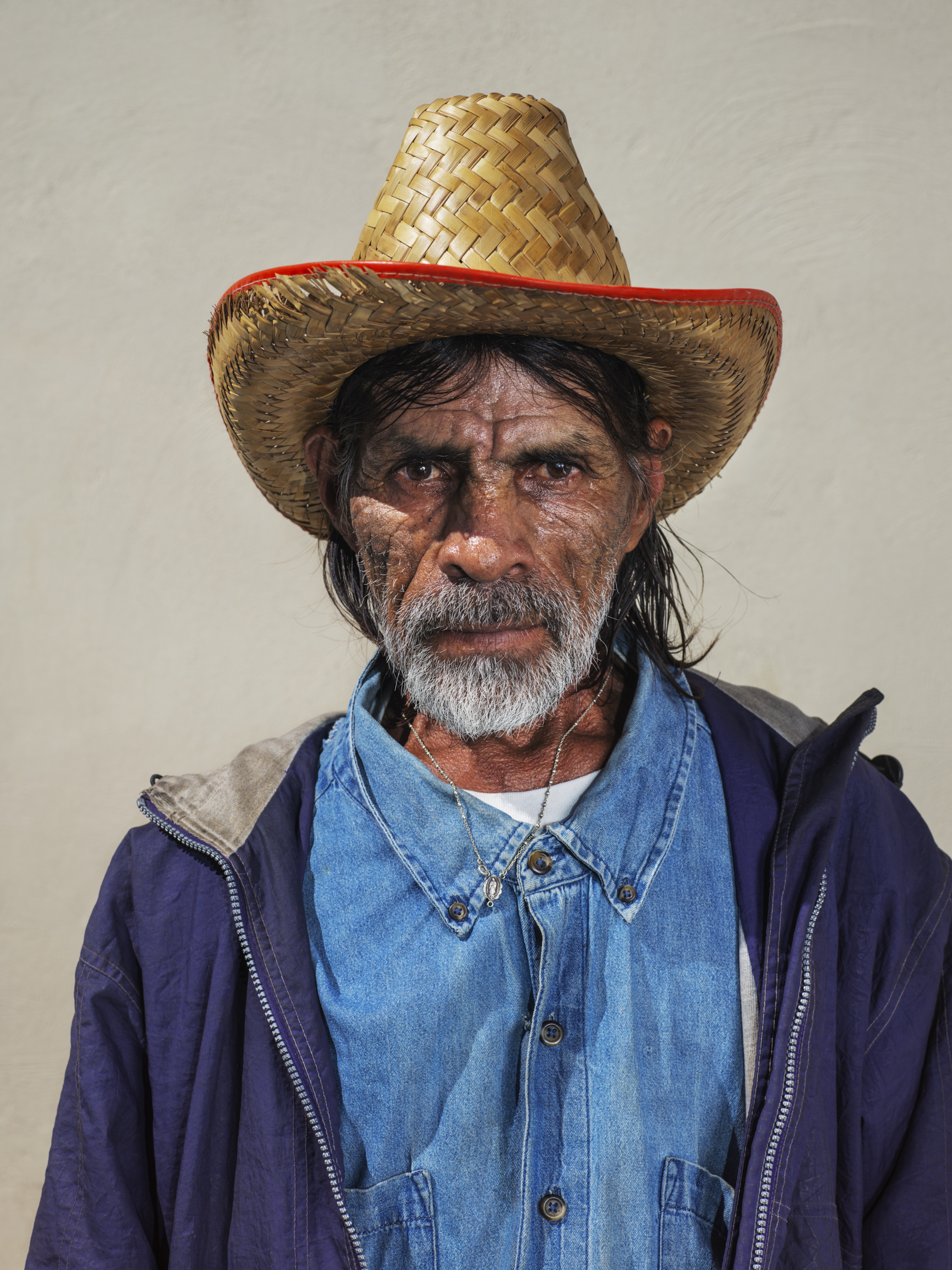 Farm labourer
Farm labourerHermosillo, 2019
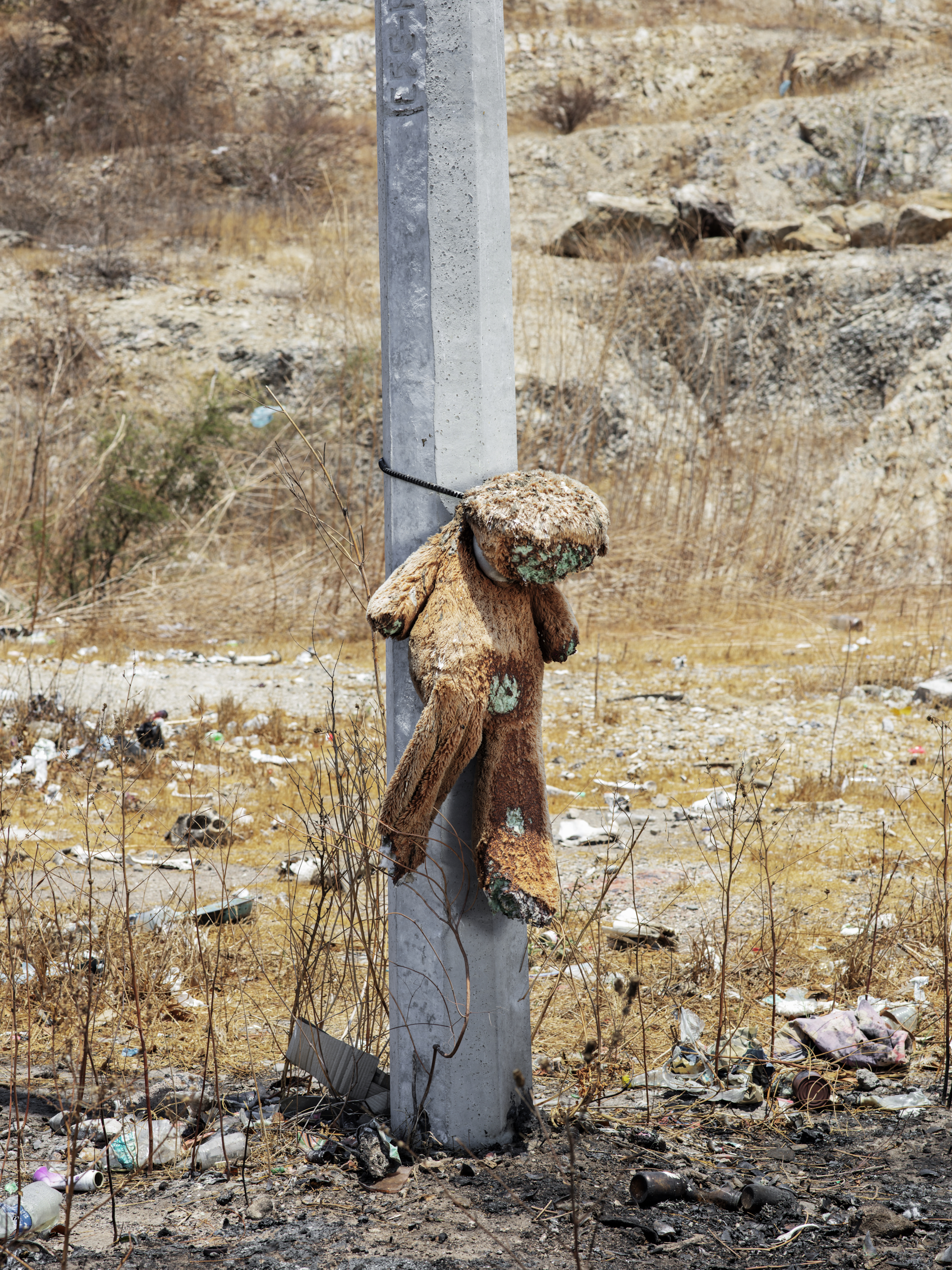 At the landfill
At the landfillIxtepec, 2019
 The bricklayer
The bricklayerOaxaca de Juárez, 2018
 The wedding gift
The wedding giftJuchitán de Zaragoza, 2018
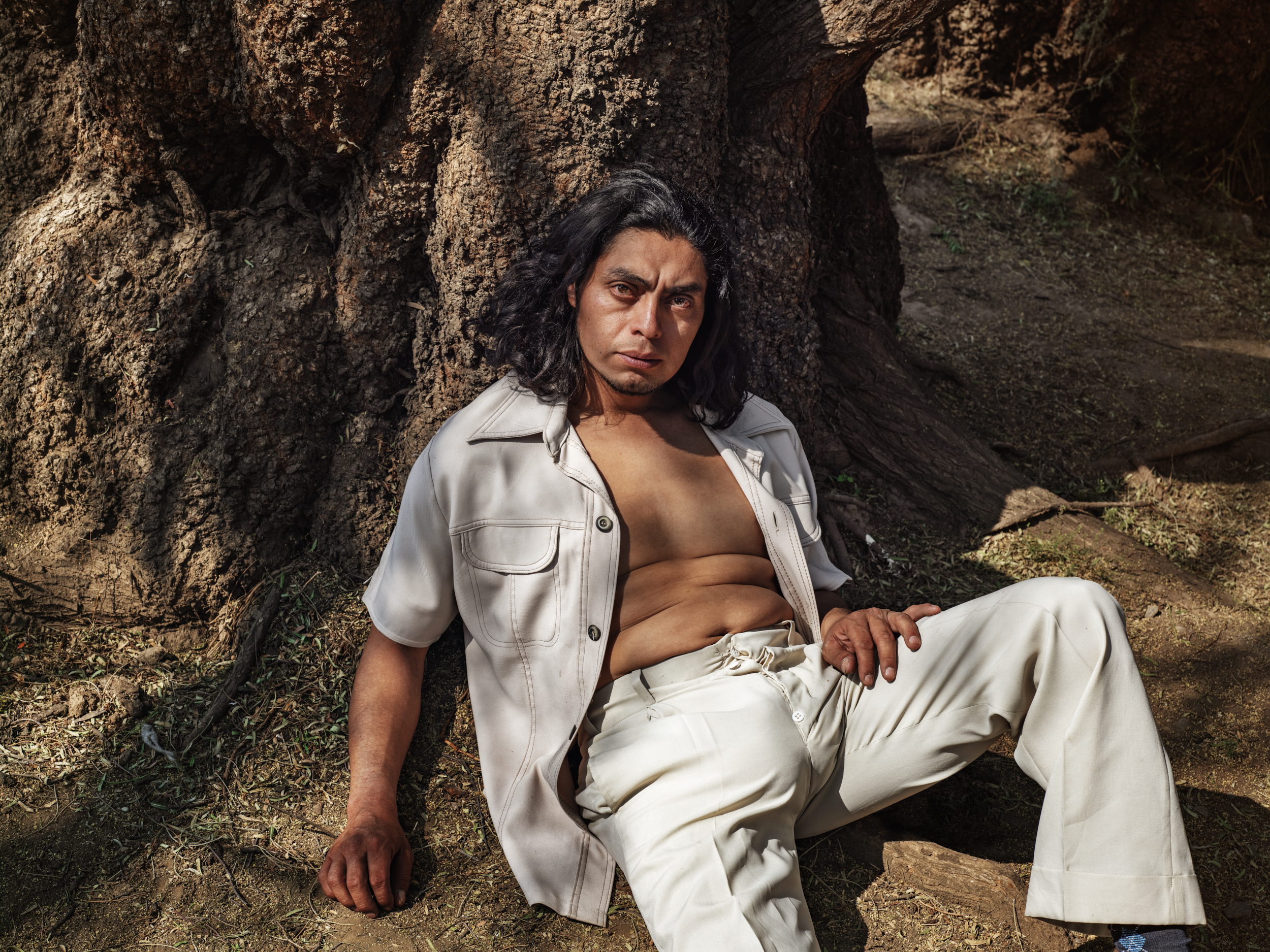 Lothario
LotharioMexico City, 2019
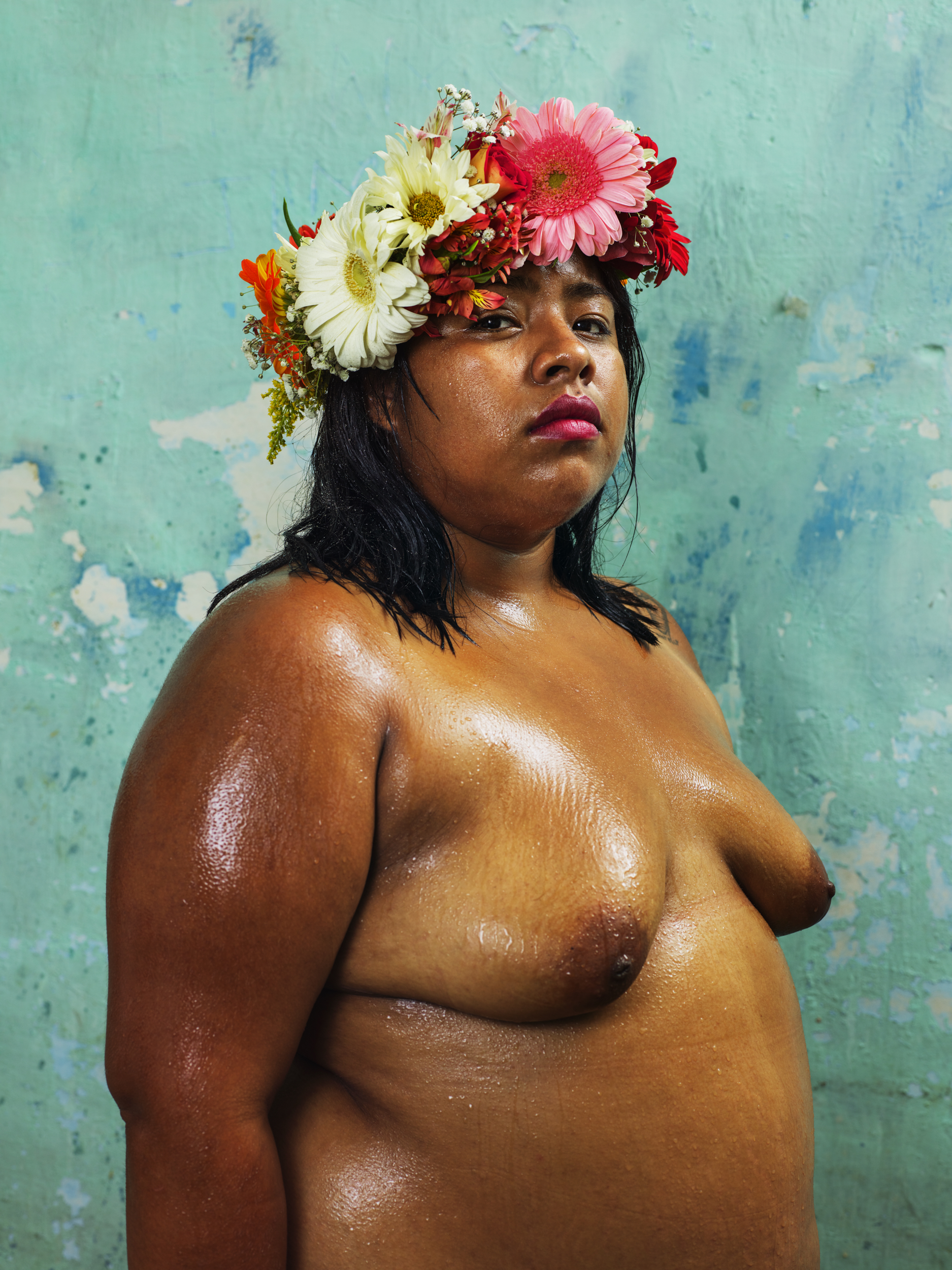 ‘To have and to hold’
‘To have and to hold’Oaxaca de Juárez, 2018
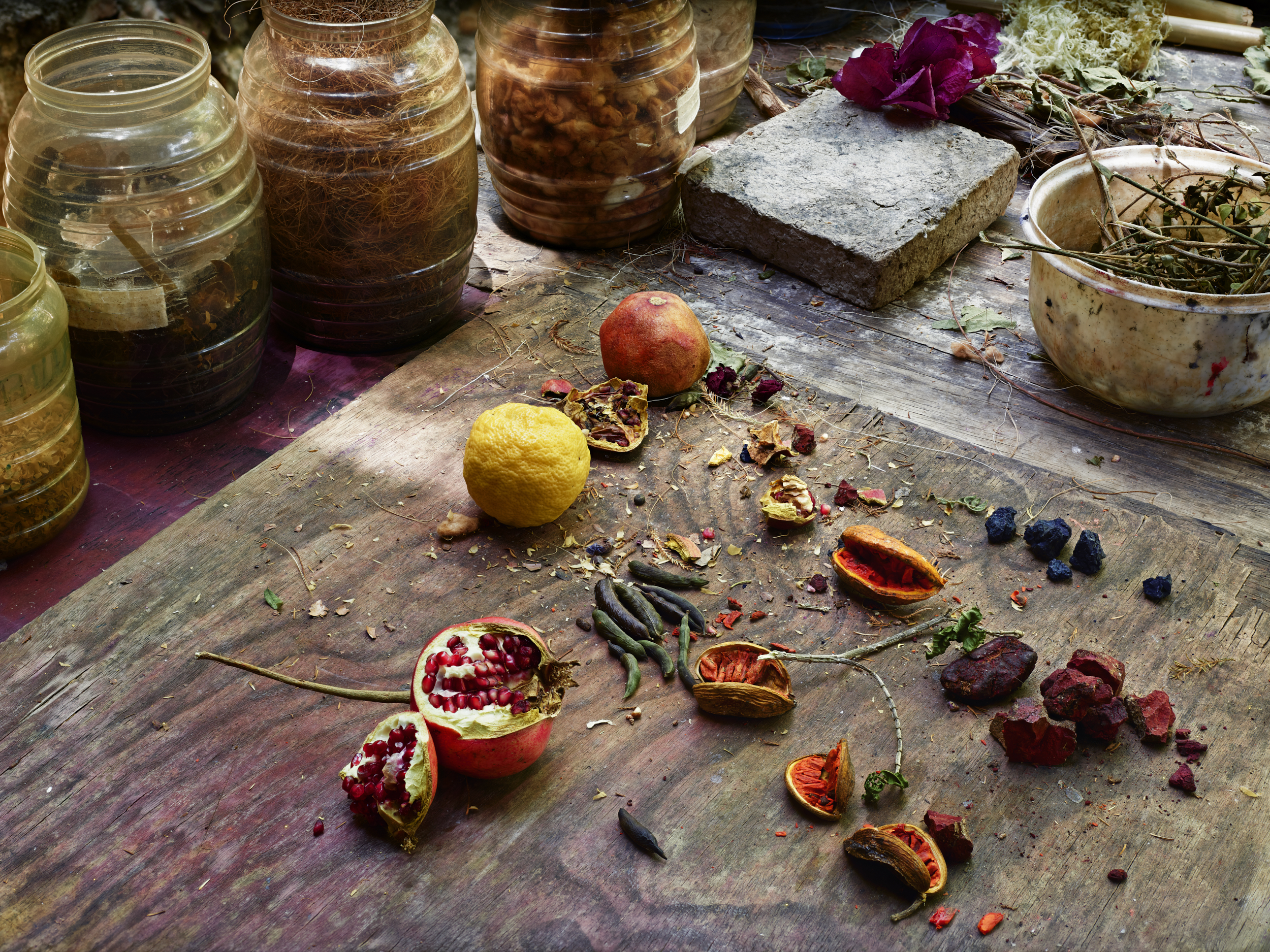 Making pigments
Making pigmentsSan Agustin Etla, 2018
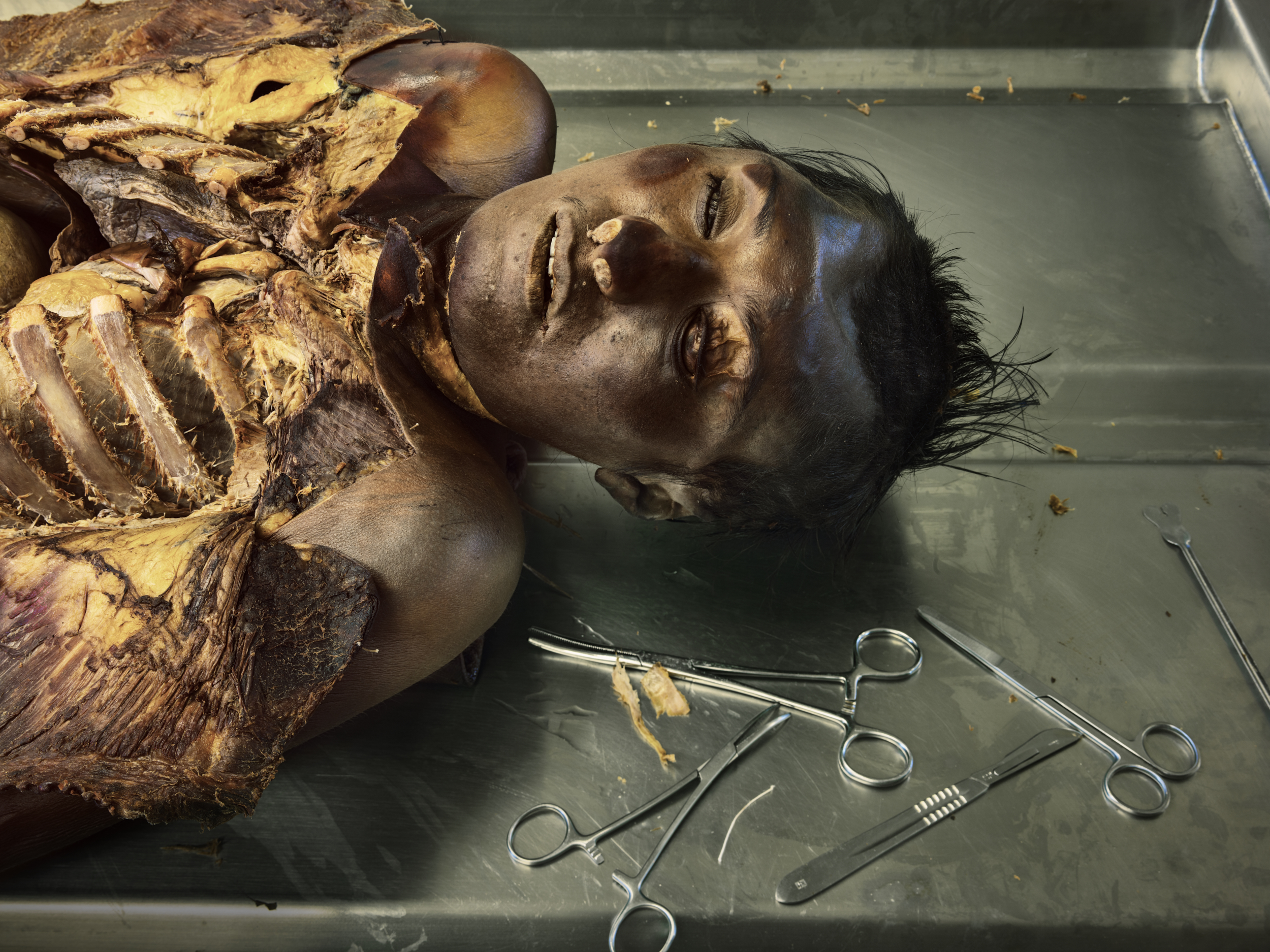 Anatomy lesson
Anatomy lessonOaxaca de Juárez, 2018
 Don Quixote
Don QuixoteOaxaca de Juárez, 2018
 A photographer and his family
A photographer and his familyHermosillo, 2019
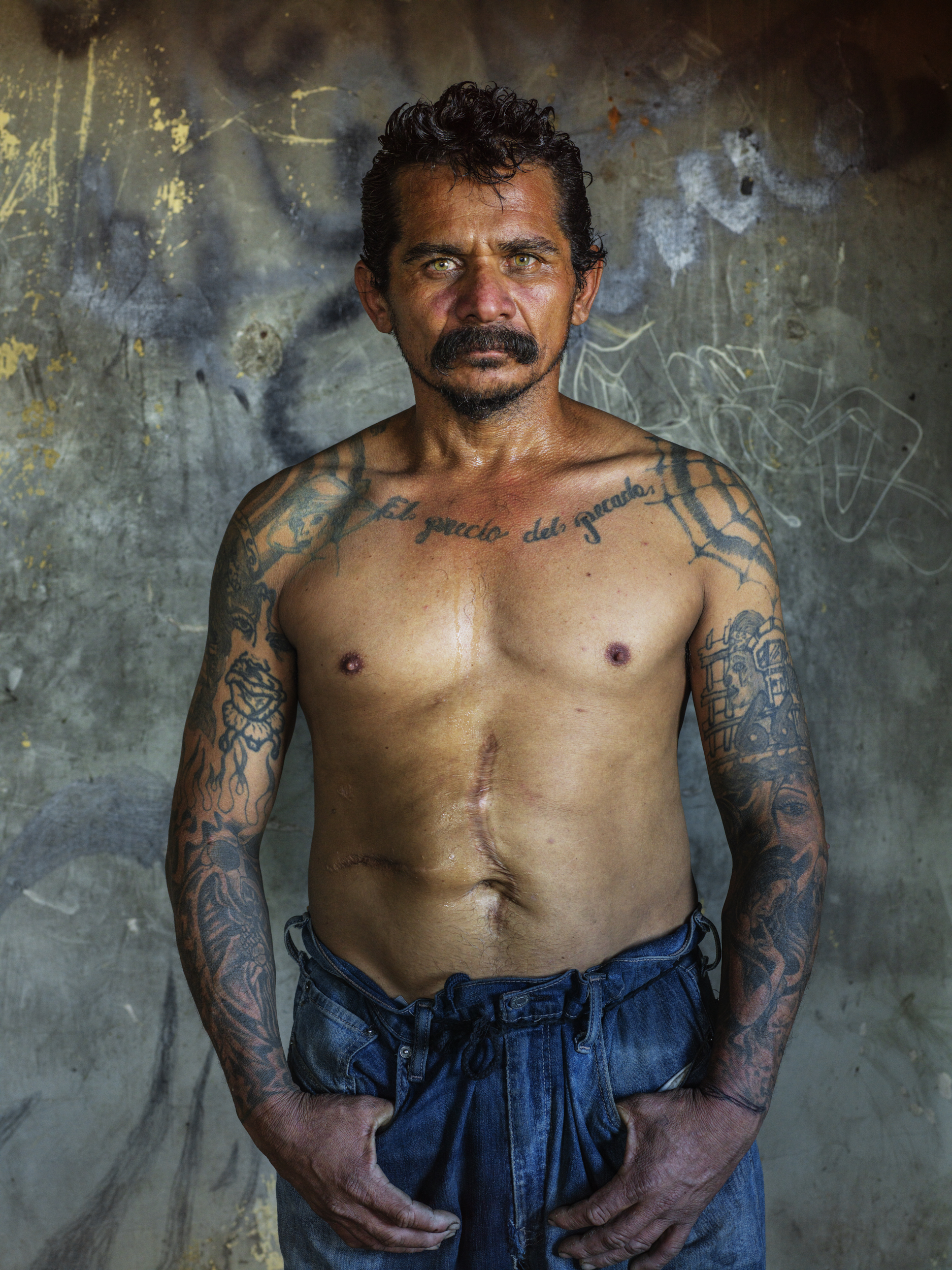 El Gato
El GatoHermosillo, 2019
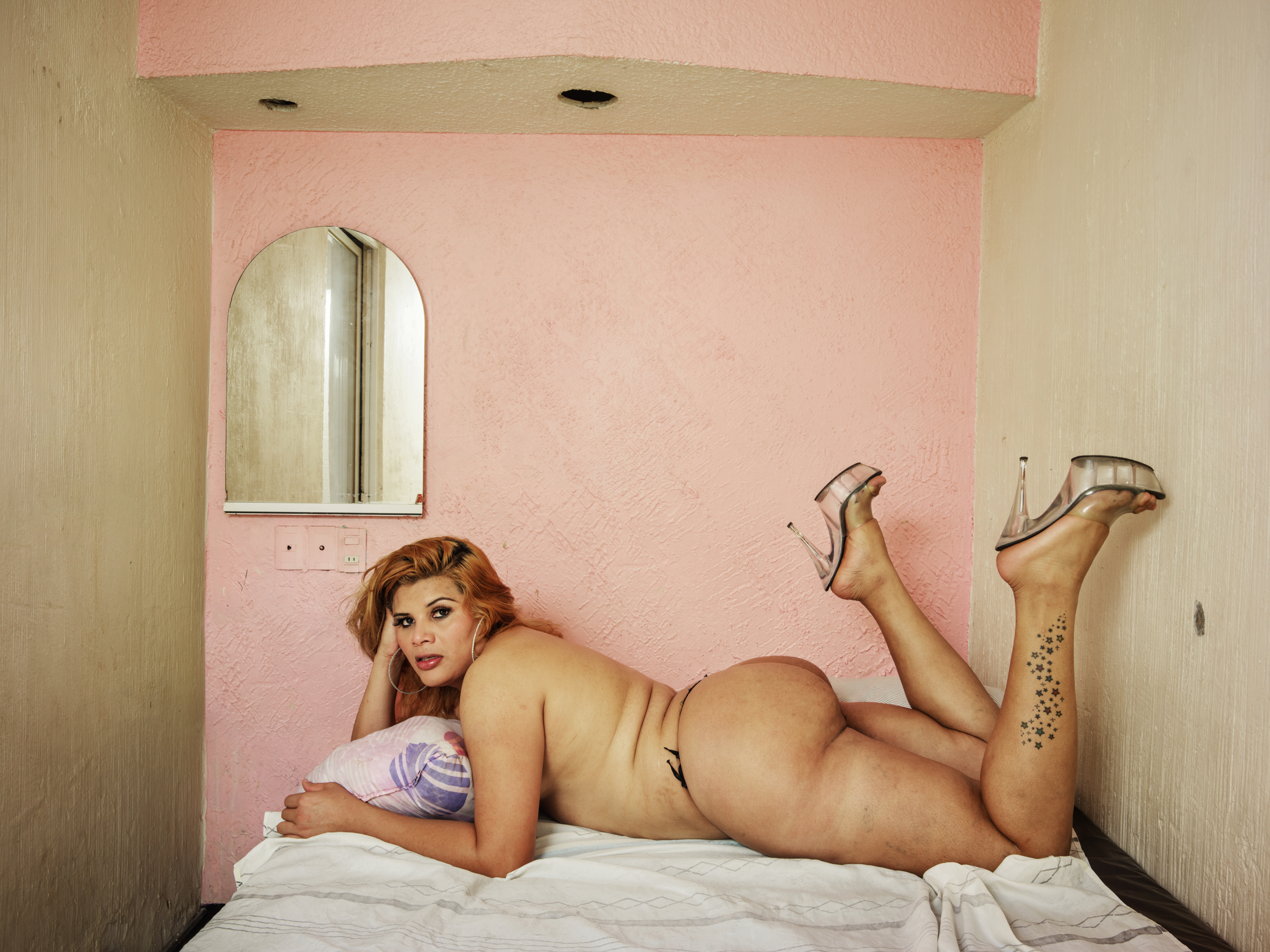 The sex worker
The sex workerOaxaca de Juárez, 2018
 ‘A soft answer turns away wrath’
‘A soft answer turns away wrath’Mexico City, 2019
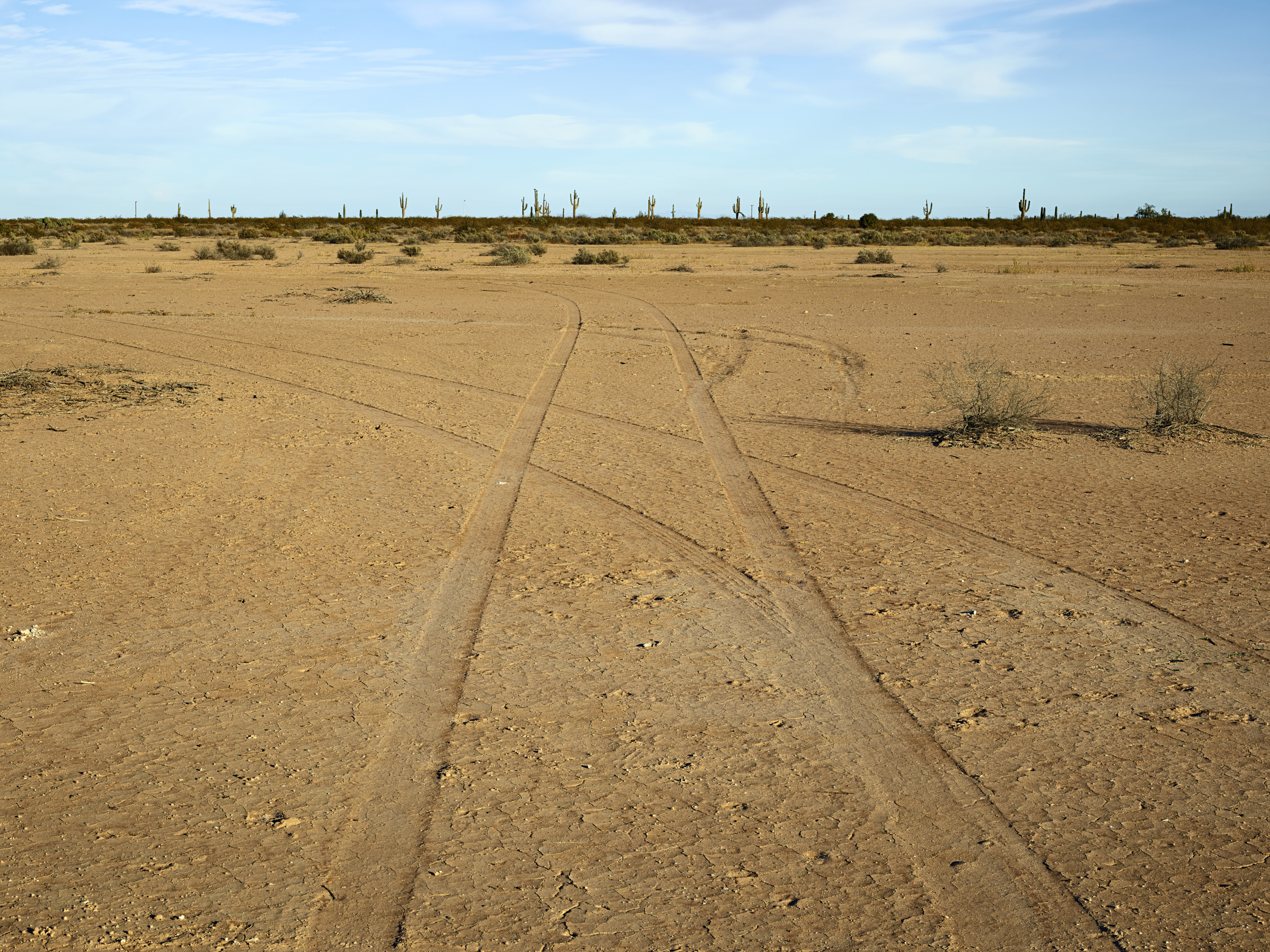 The road that goes nowhere
The road that goes nowhereSonora, 2019
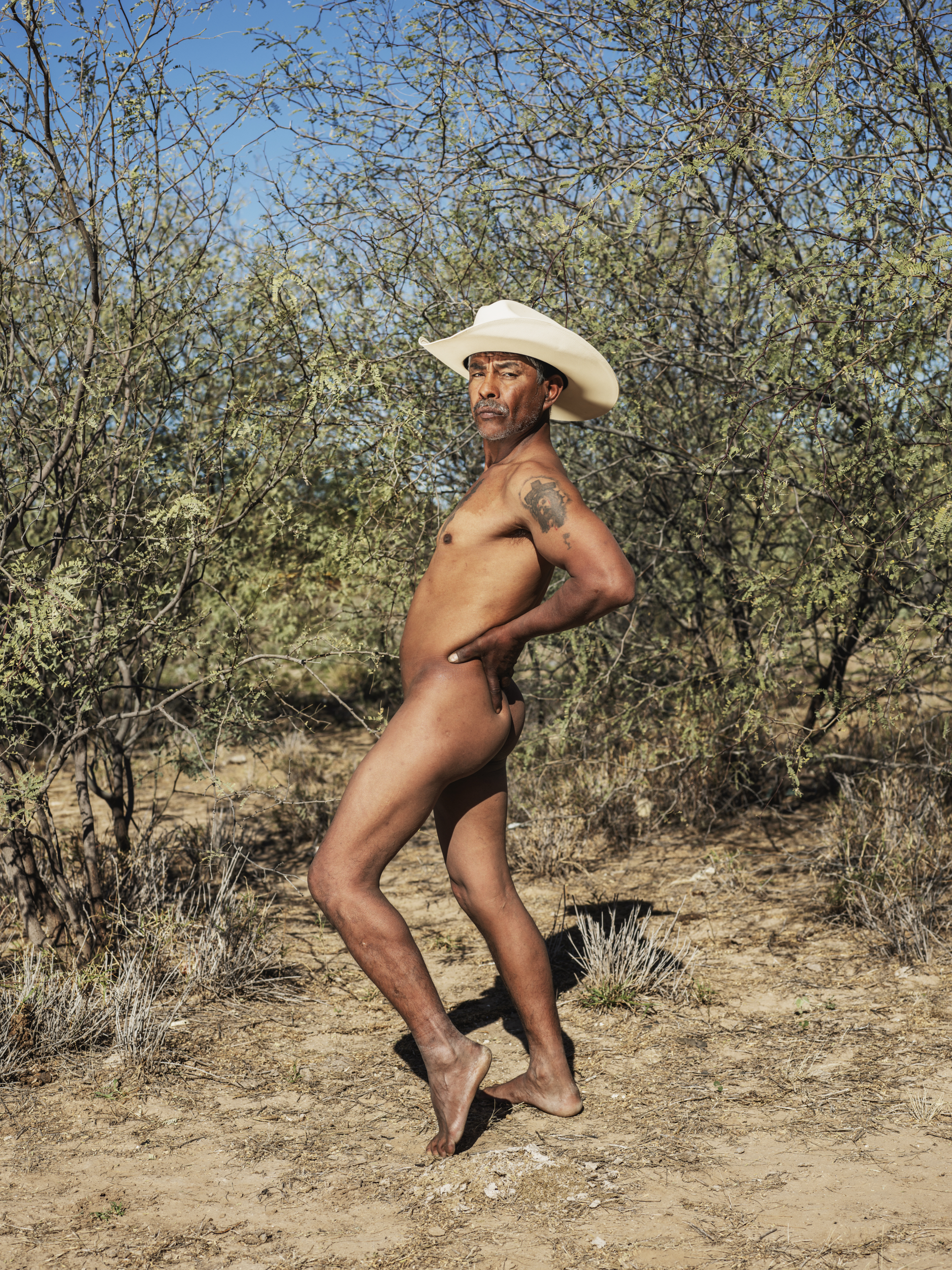 The mirthful cowboy
The mirthful cowboyHermosillo, 2019
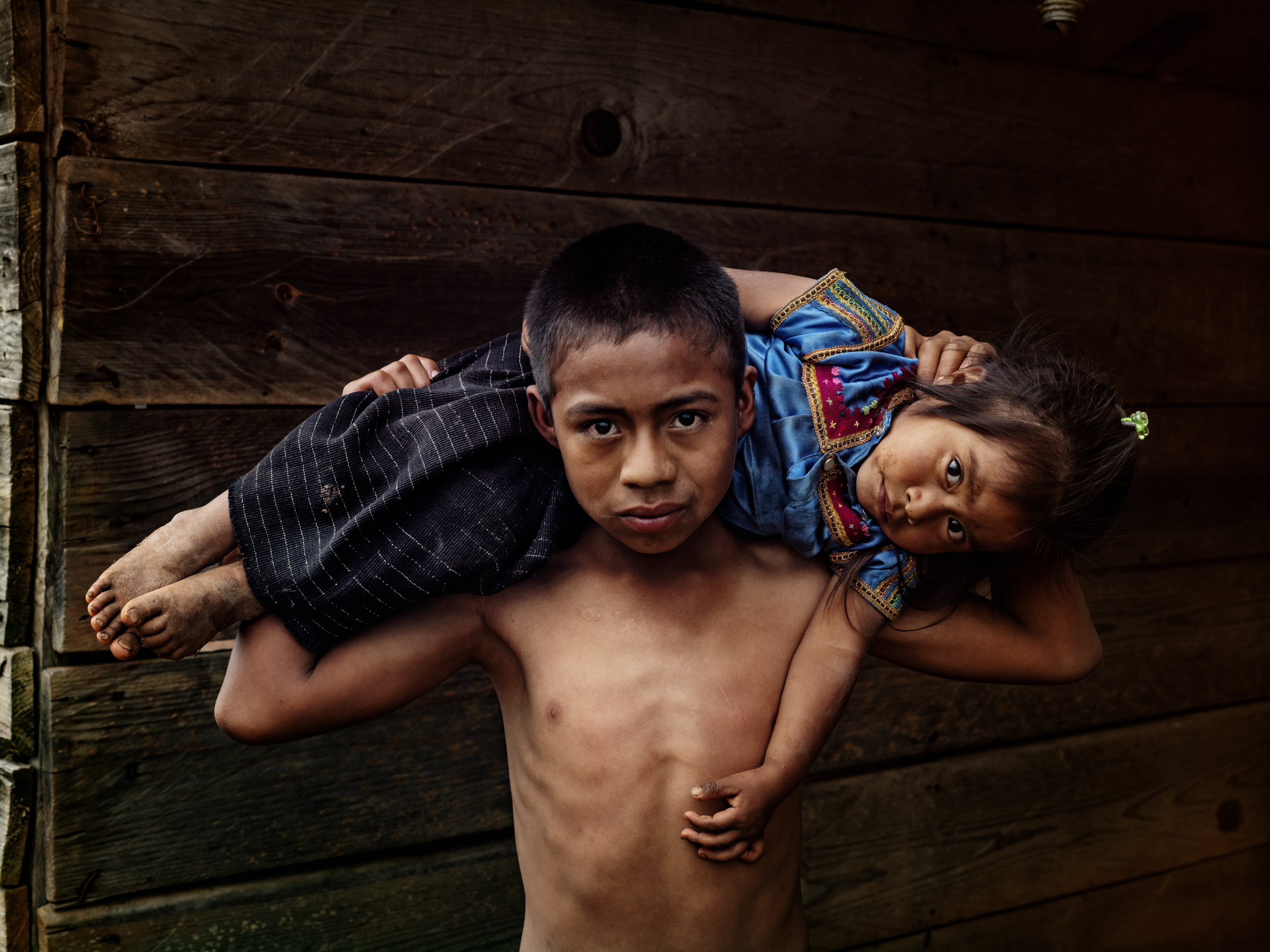 The son’s burden
The son’s burdenSan Cristobal, 2019
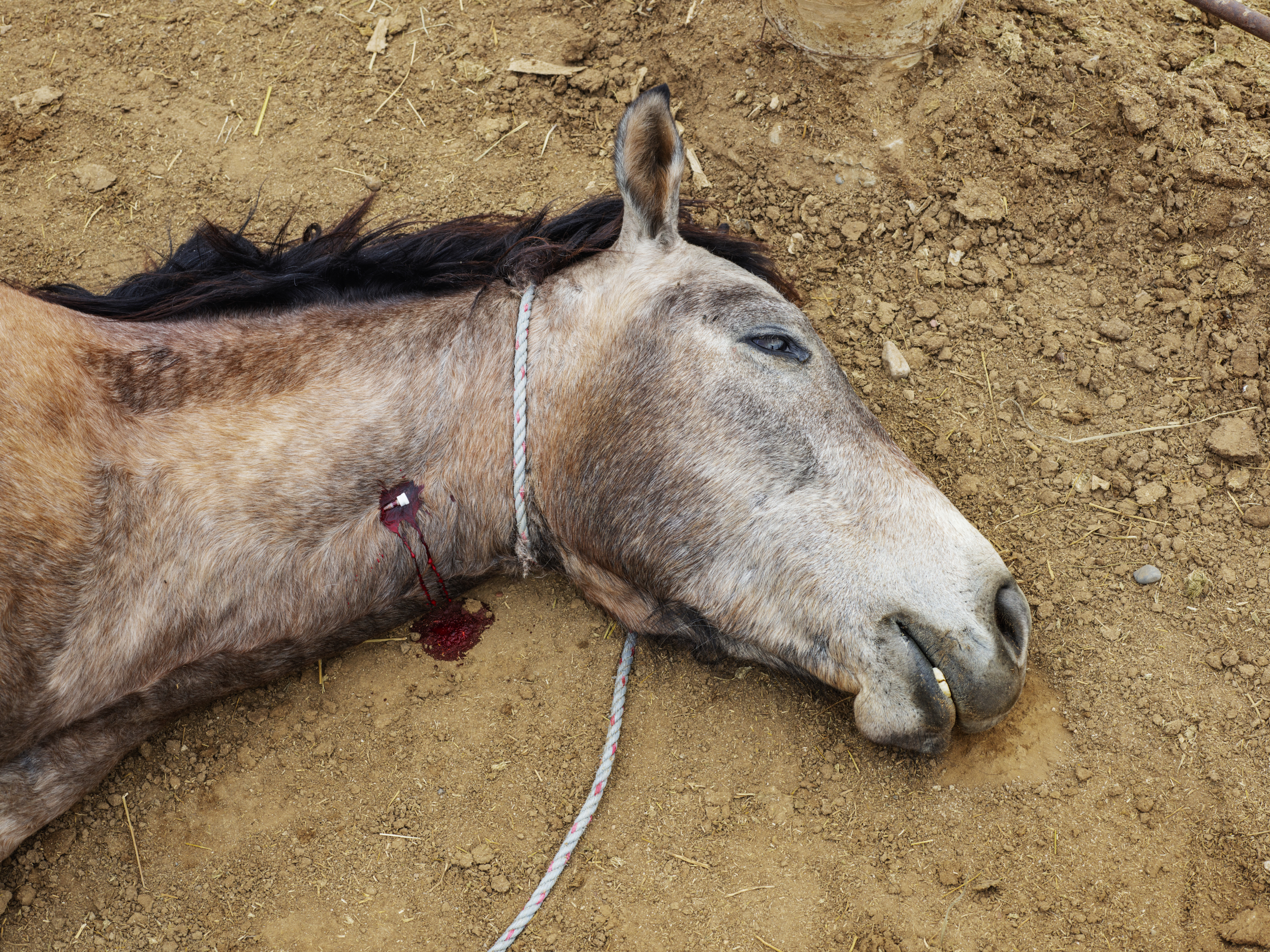 The gelding
The geldingEl Alamito Buenavista, 2019
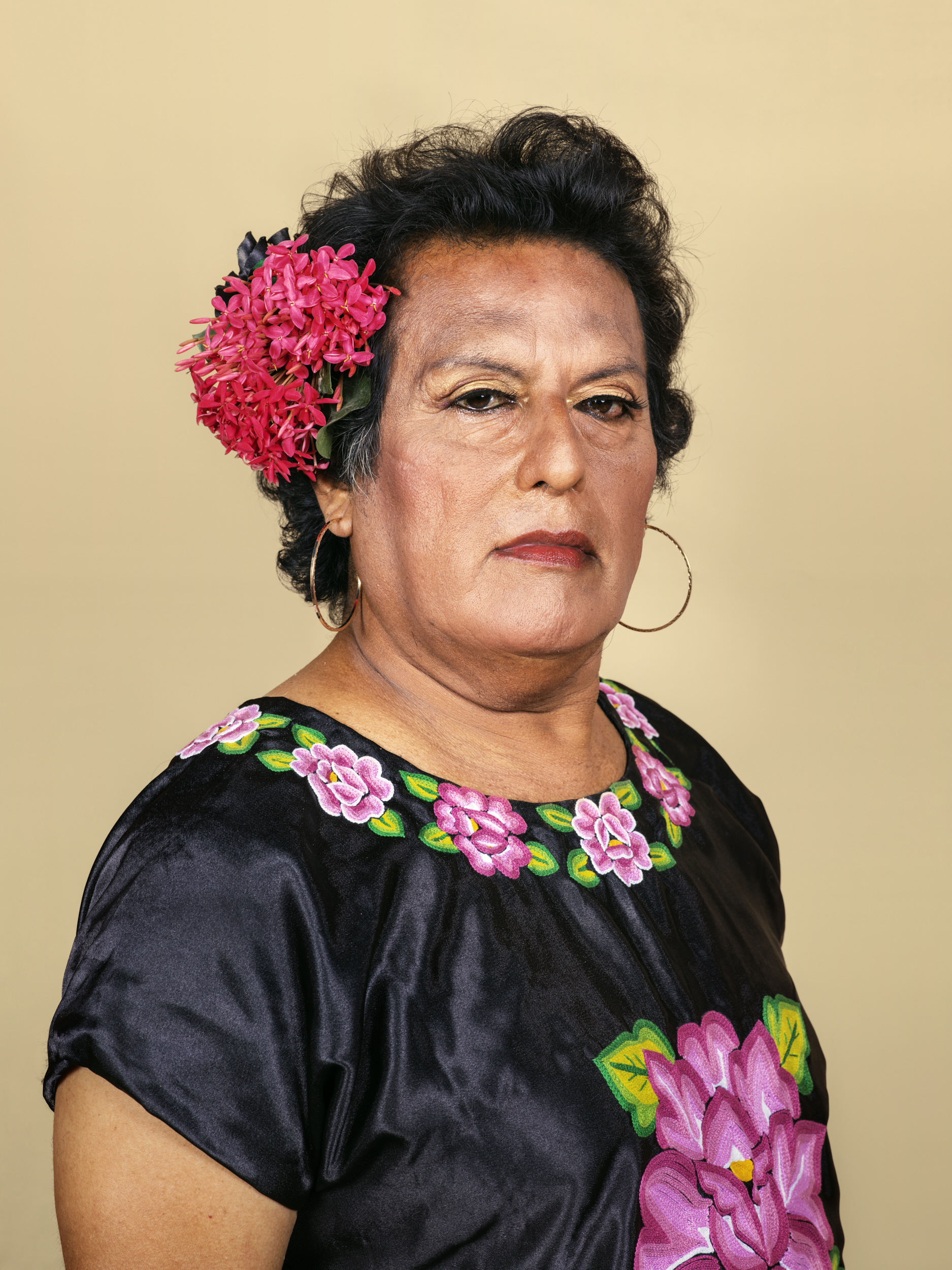 Muxe portrait #3
Muxe portrait #3Juchitán de Zaragoza, 2018
 Muxe portrait #2
Muxe portrait #2Juchitán de Zaragoza, 2018
 Muxe portrait #1
Muxe portrait #1Juchitán de Zaragoza, 2018
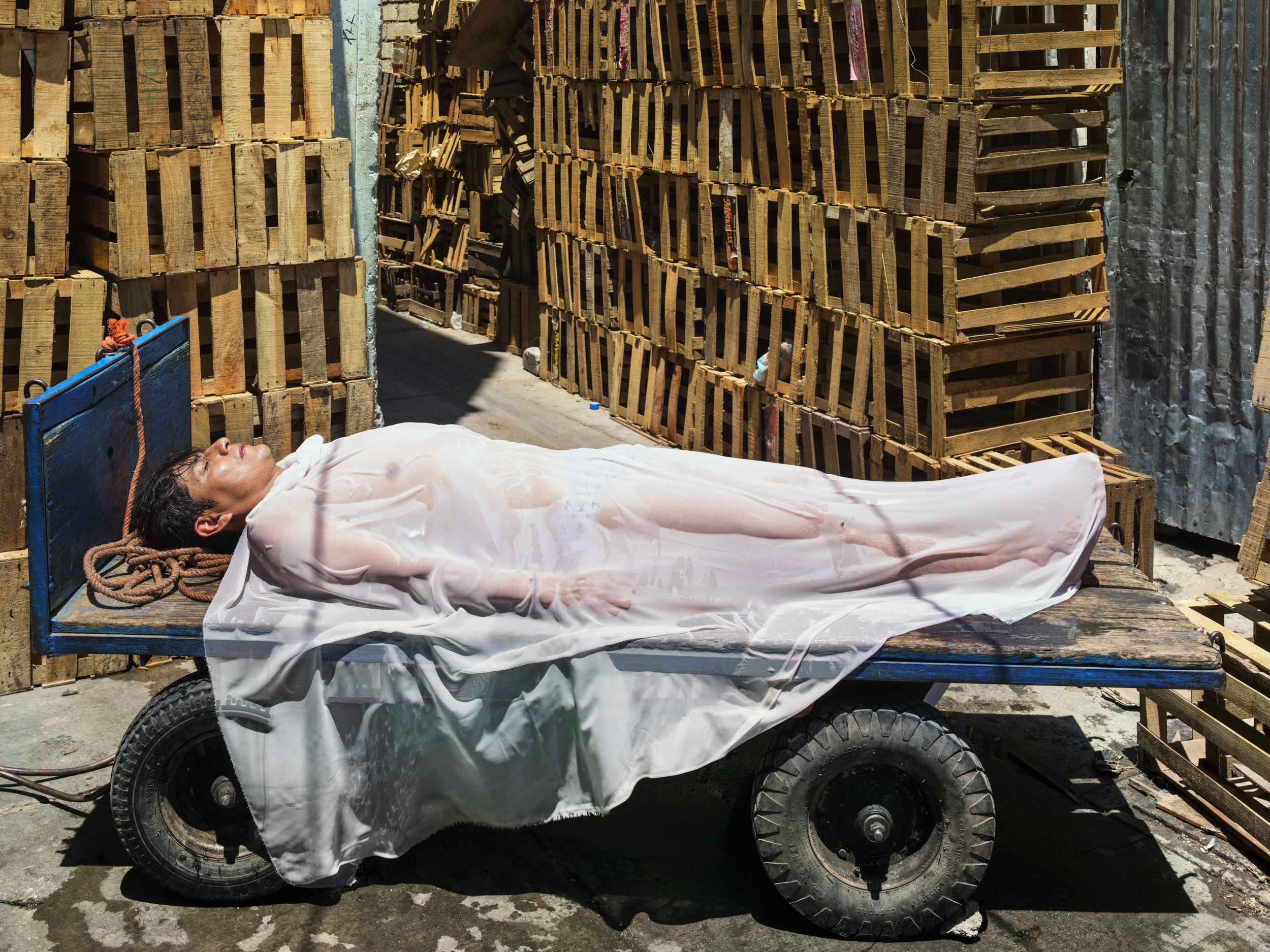 ‘Sacrifice to the gods of society’
‘Sacrifice to the gods of society’Oaxaca de Juárez, 2018
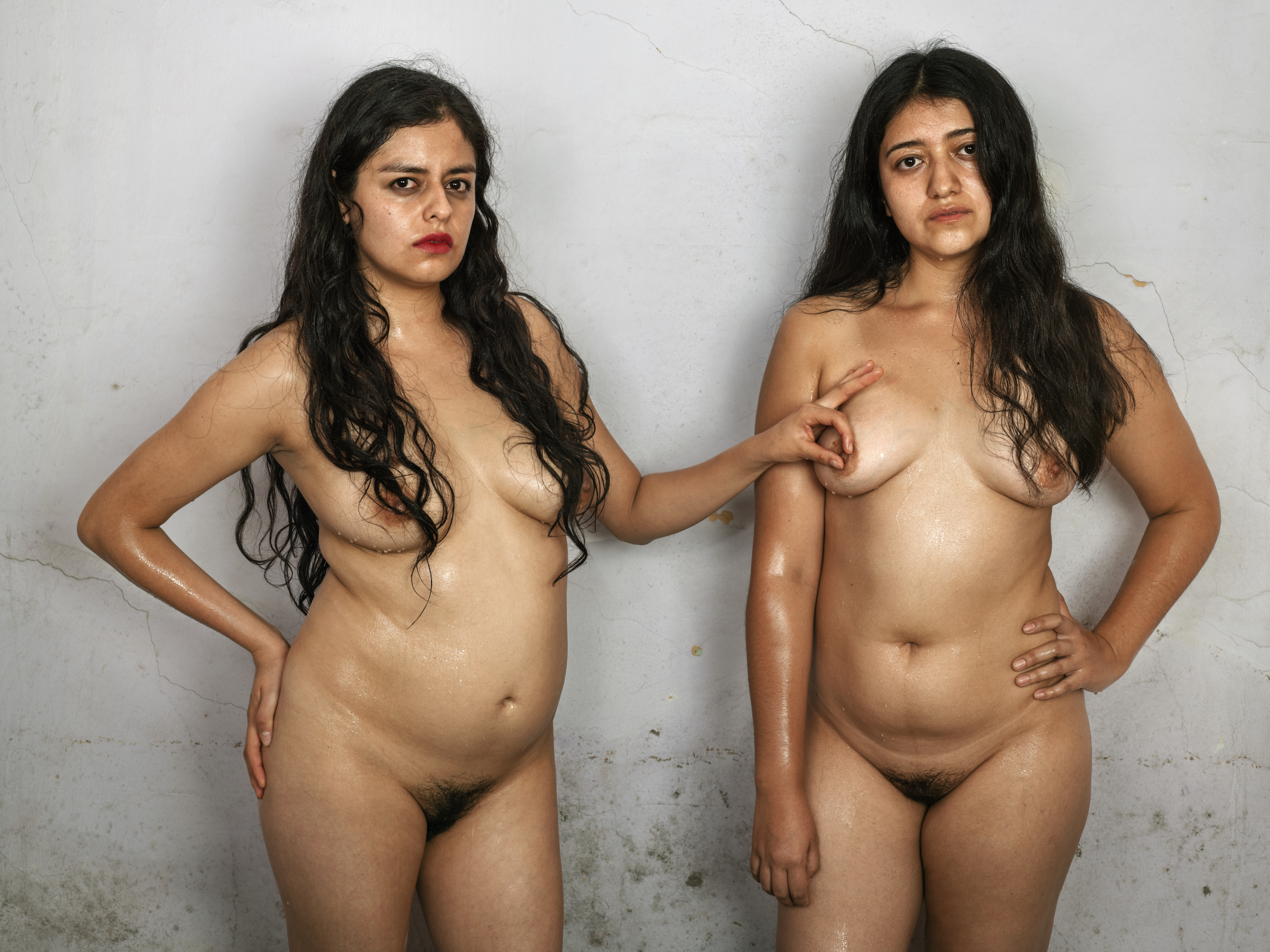 Gabrielle and one of her sisters
Gabrielle and one of her sistersMexico City, 2019
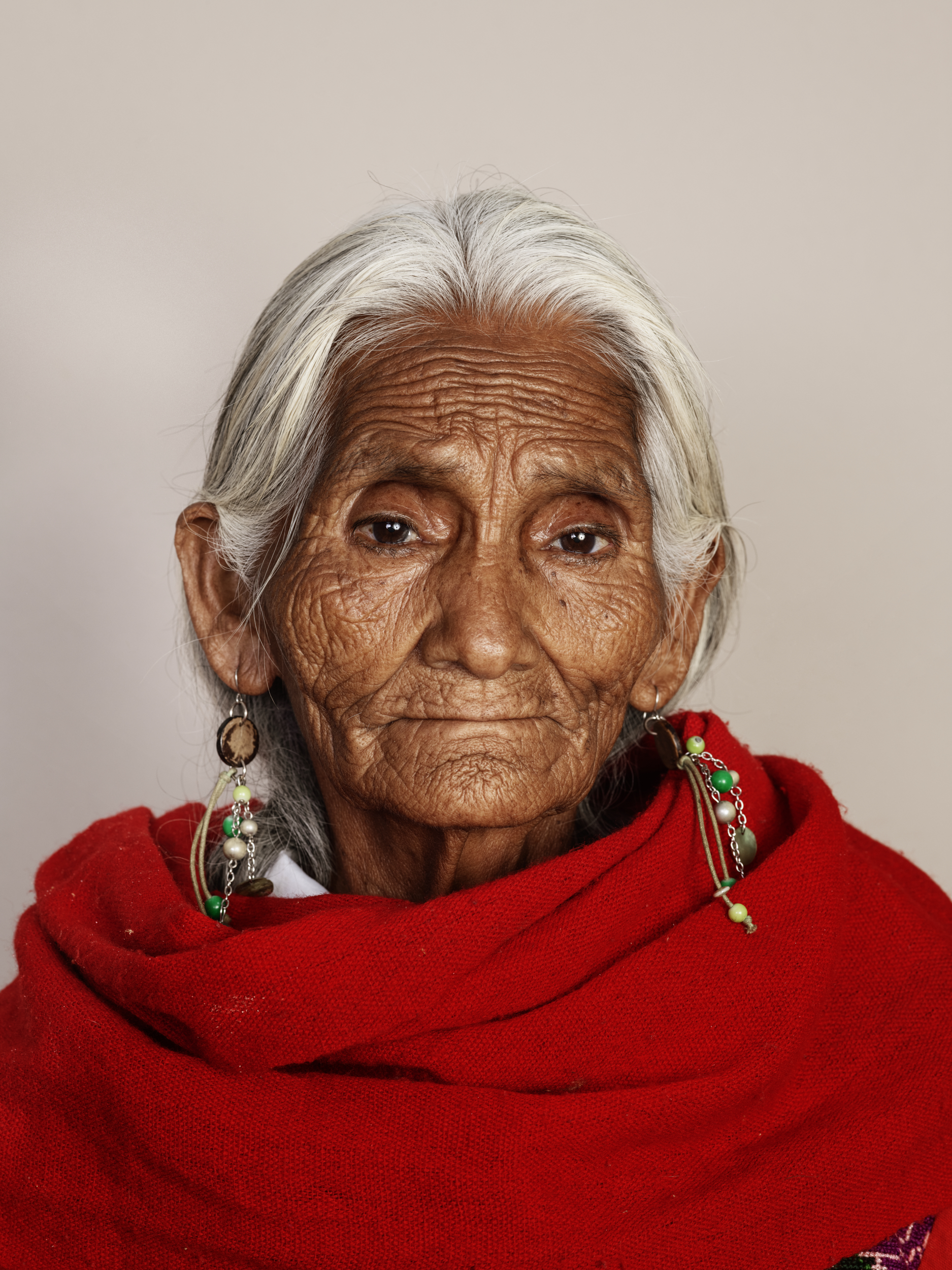 The mango vendor
The mango vendorSan Cristobal, 2019
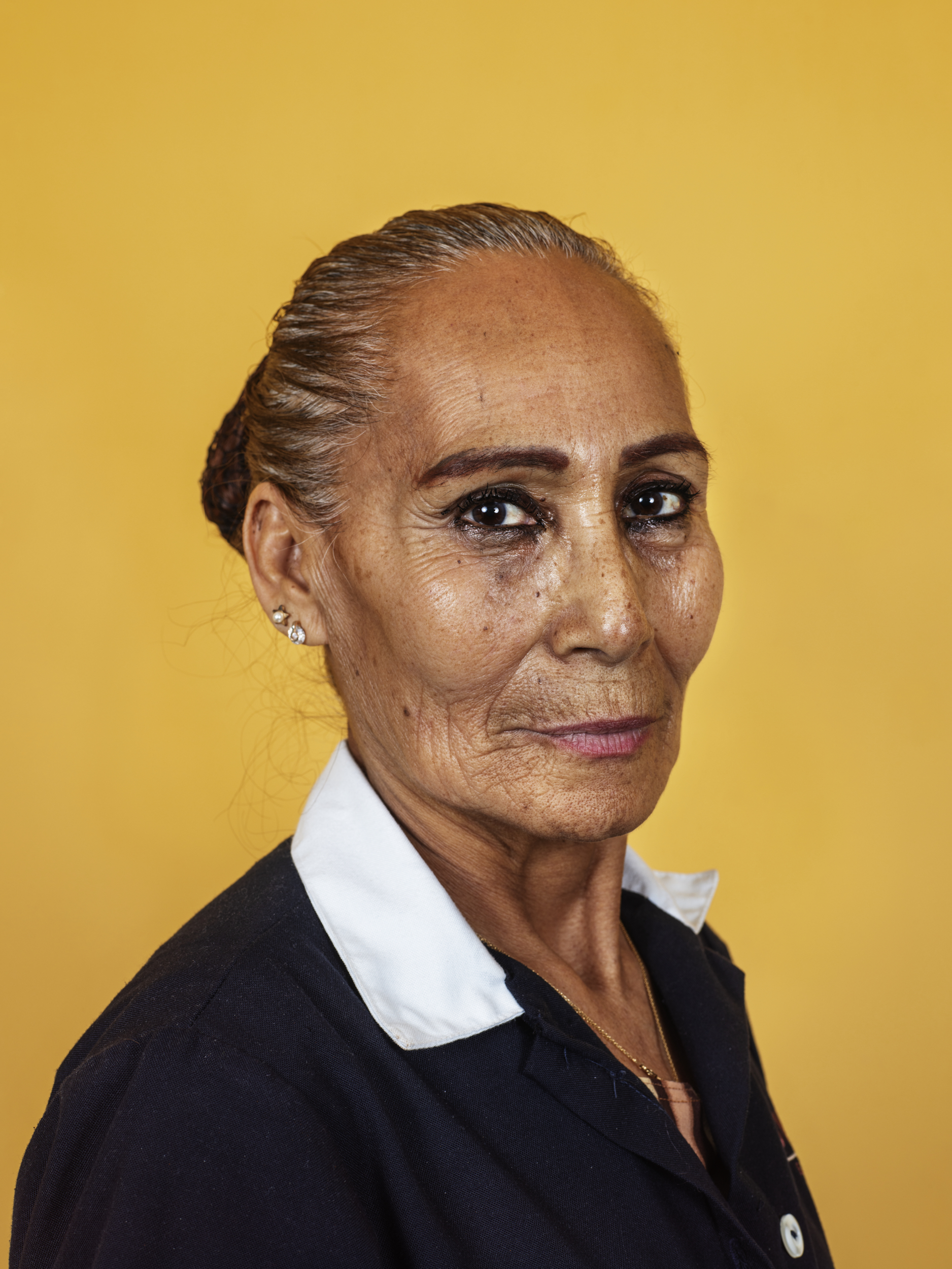 My hotel chambermaid
My hotel chambermaidHermosillo, 2019
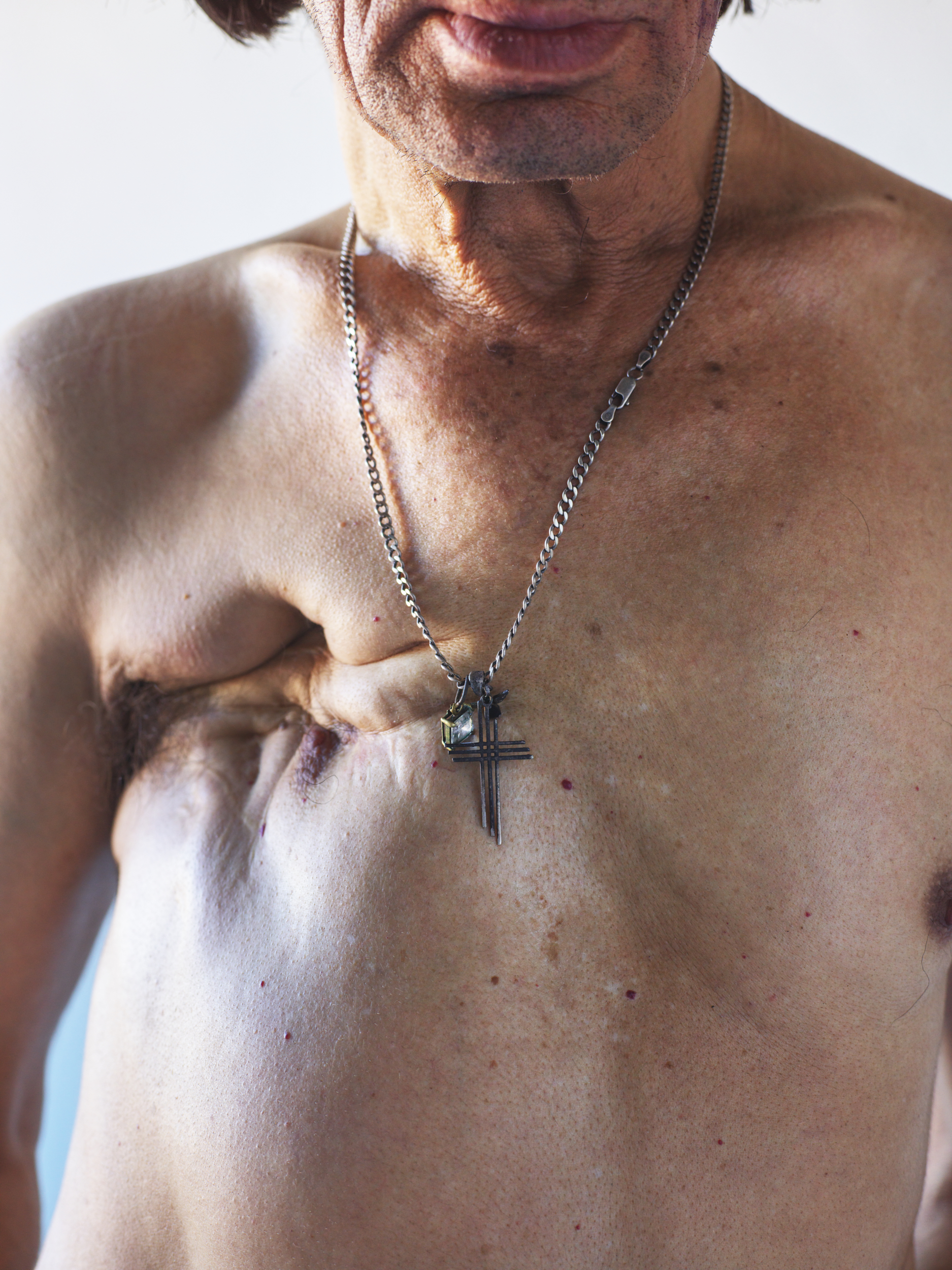 The sceptic’s proof
The sceptic’s proofMexico City, 2019
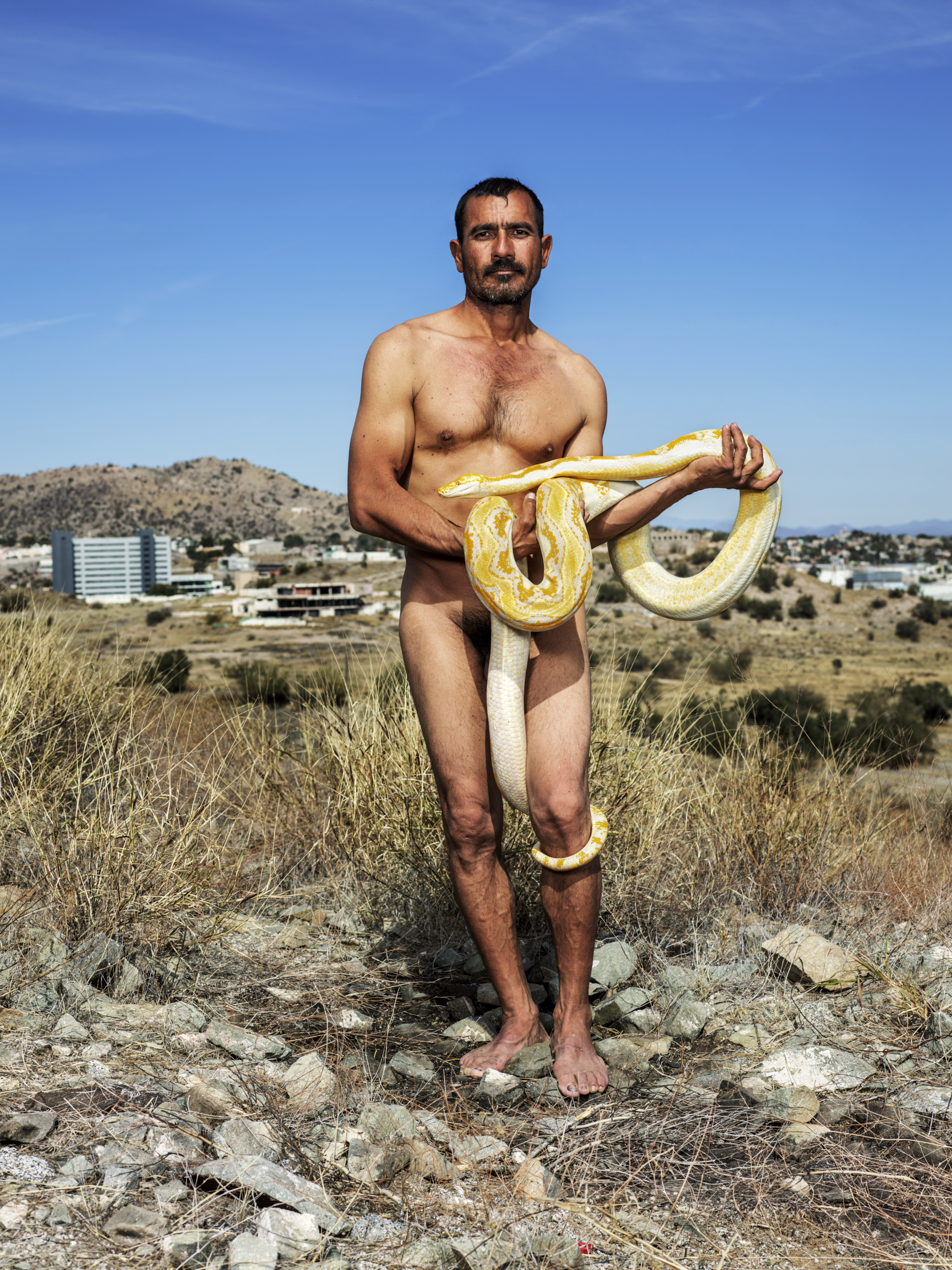 The snake charmer
The snake charmerHermosillo, 2019
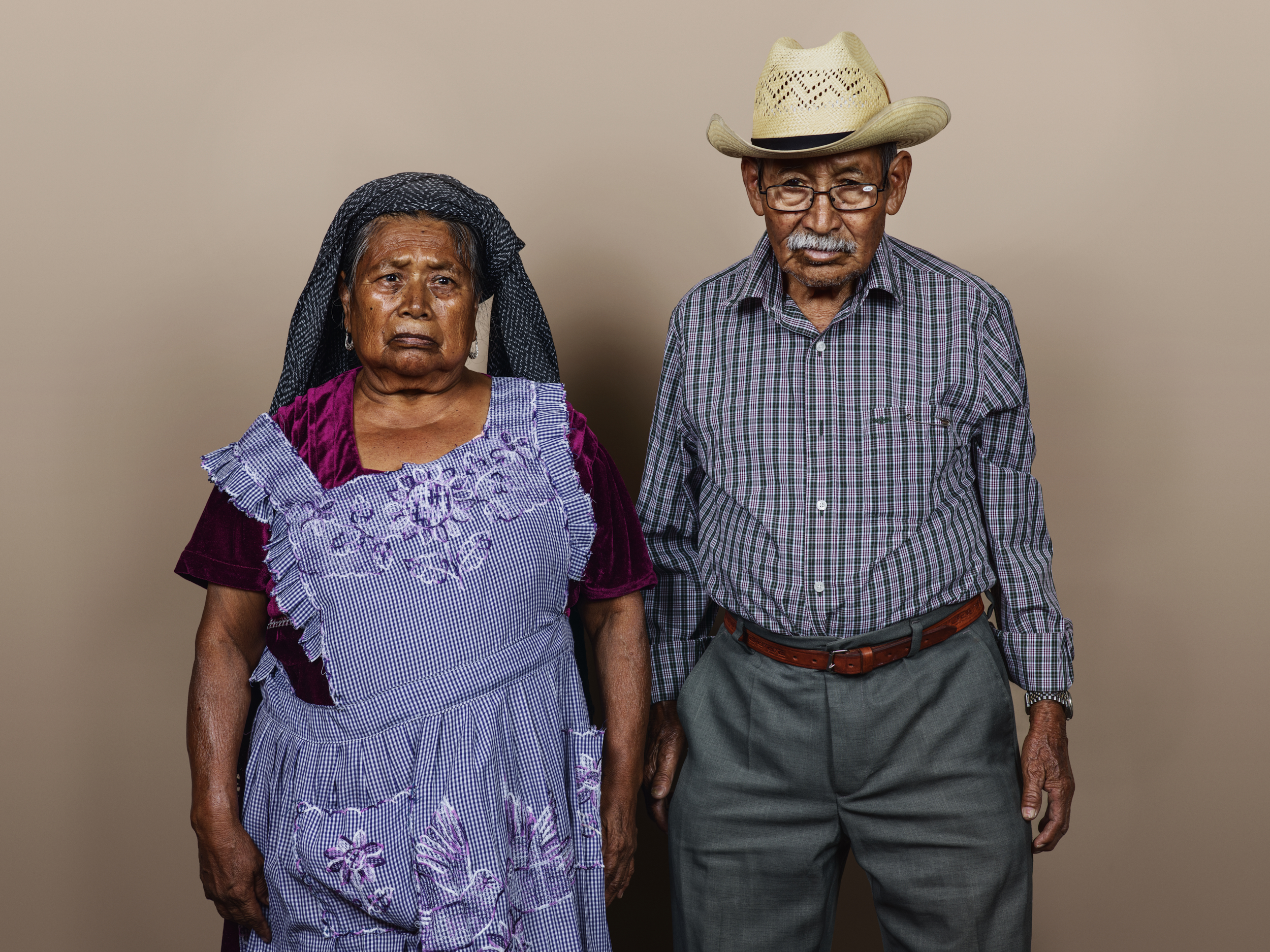 At the market
At the marketOaxaca de Juárez, 2019
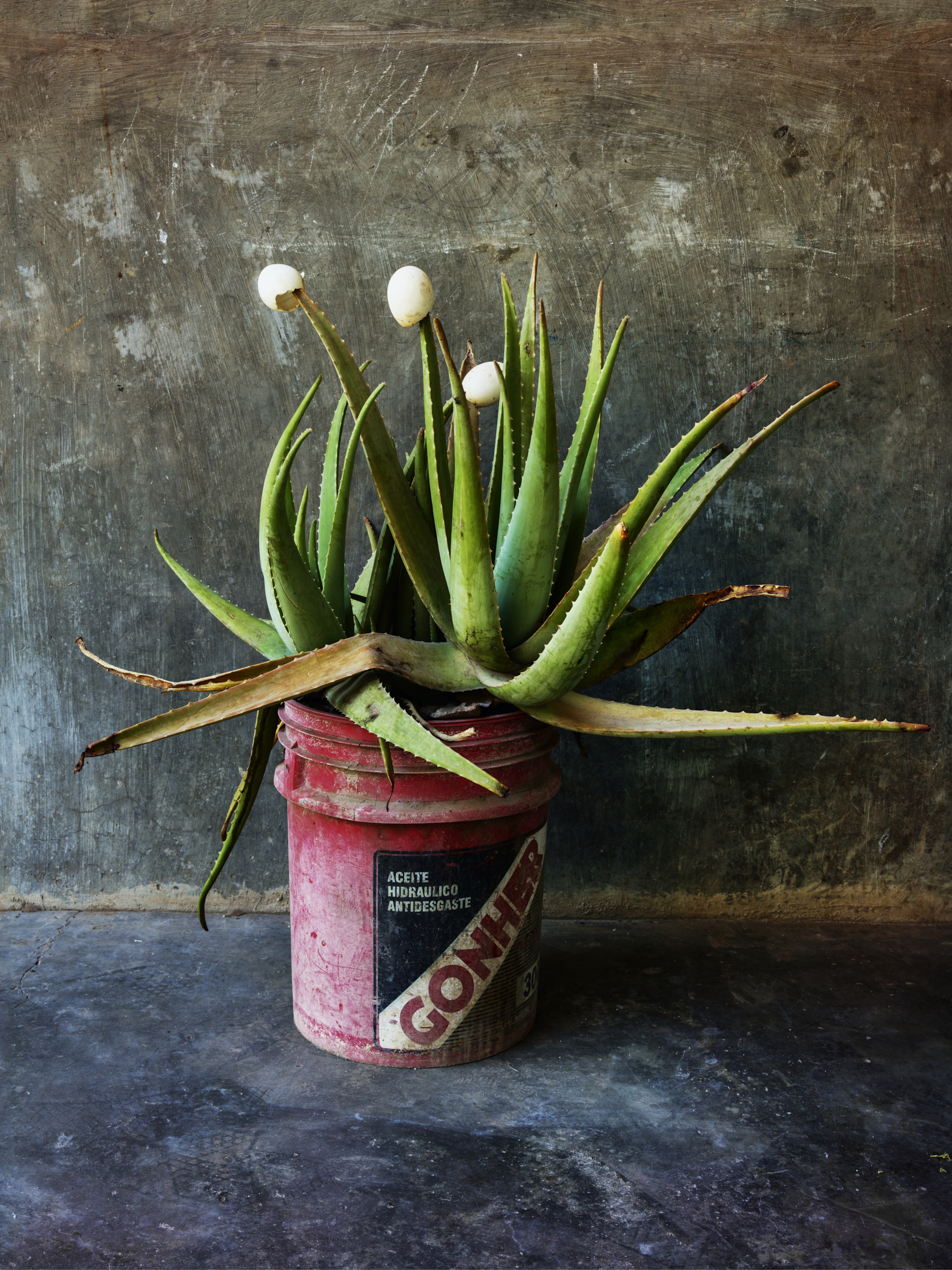 Brujería
BrujeríaJuchitán de Zaragoza, 2018
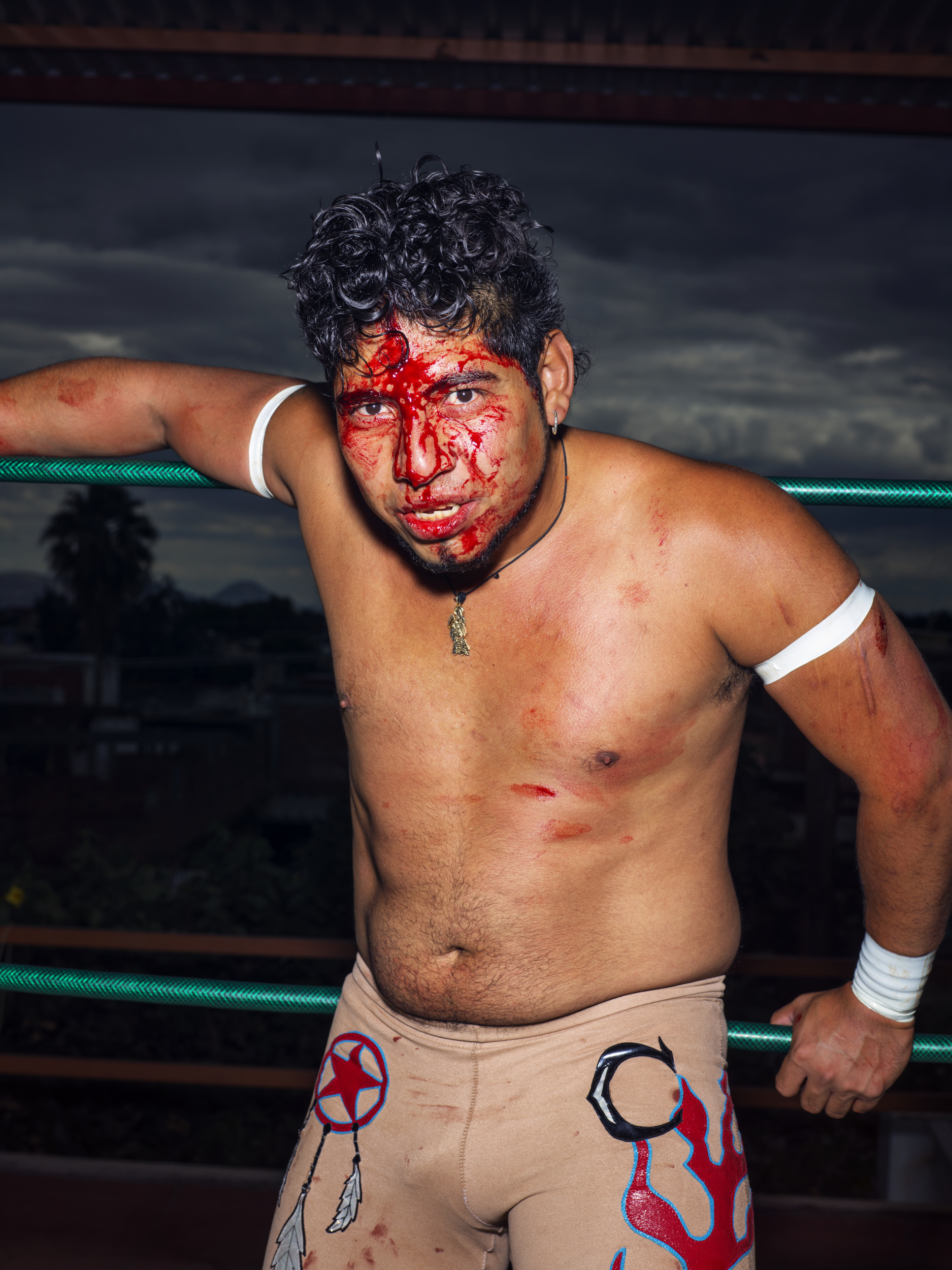 ‘Getting colour’
‘Getting colour’Oaxaca de Juárez, 2018
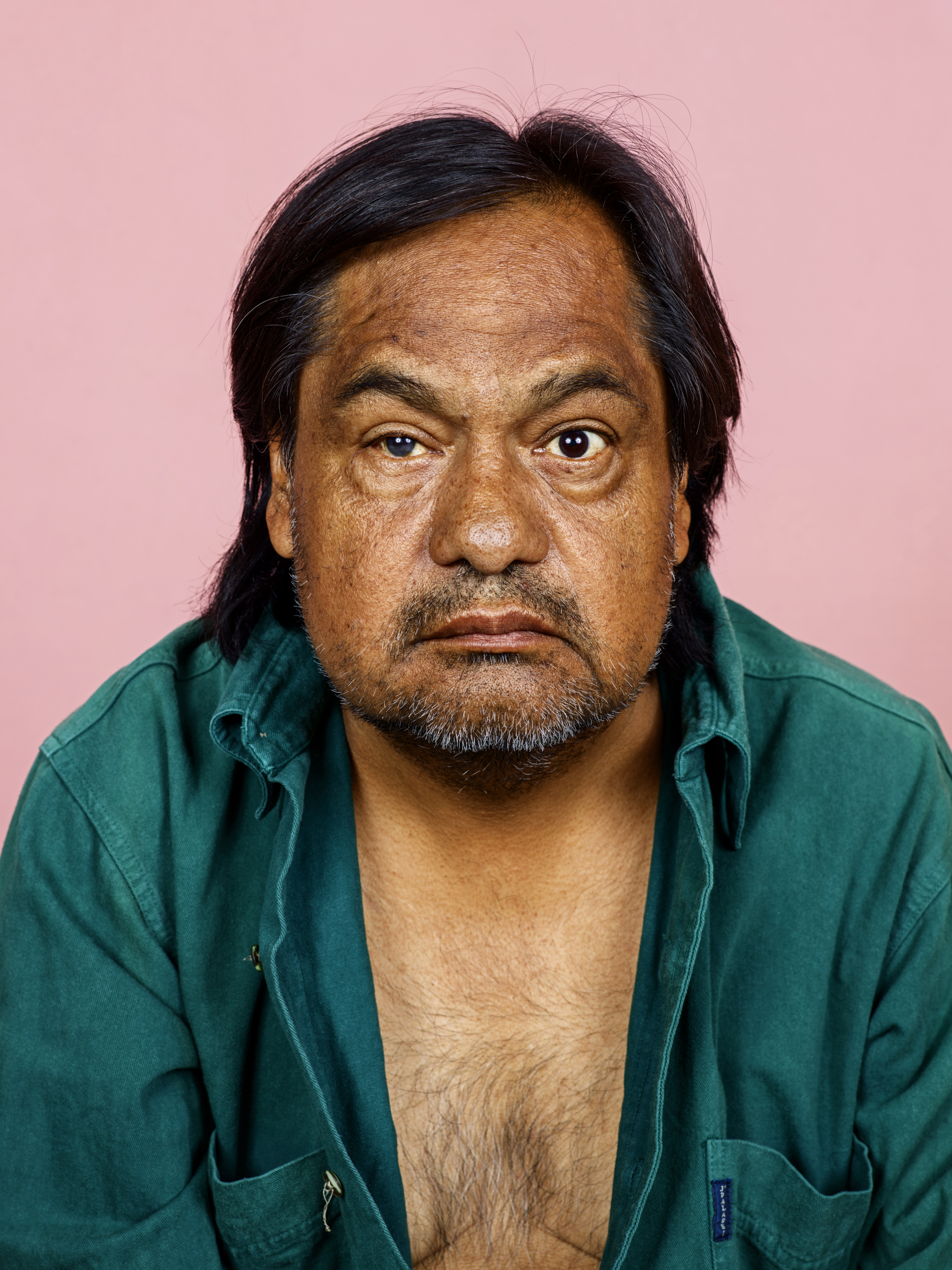 Theatre director
Theatre directorOaxaca de Juárez, 2018
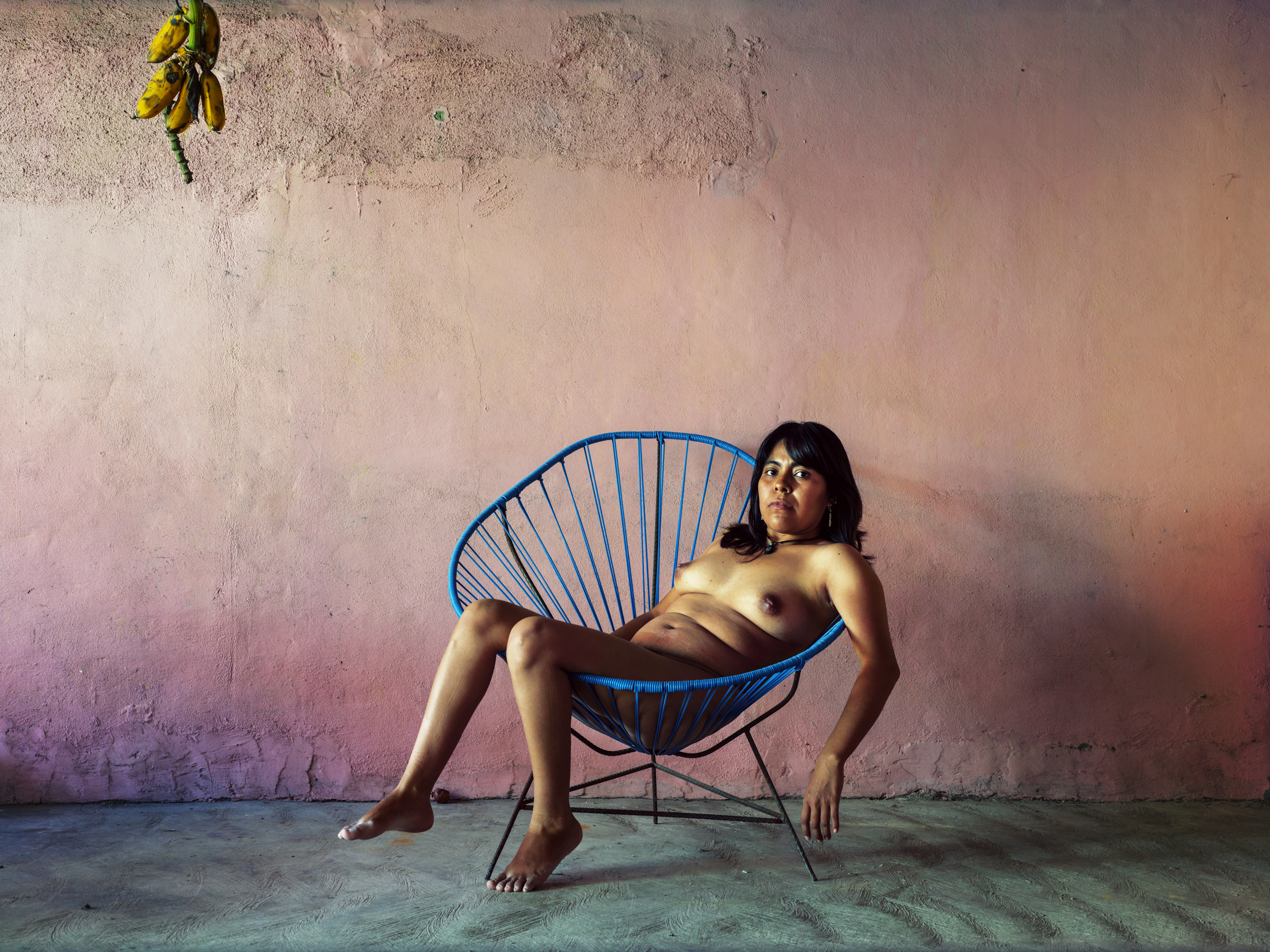 Reclining nude
Reclining nudeOaxaca de Juárez, 2018
 Coyote
CoyoteTijuana, 2019
 The fallen fruit
The fallen fruitJuchitán de Zaragoza, 2018
 First Communion
First CommunionMexico City, 2019
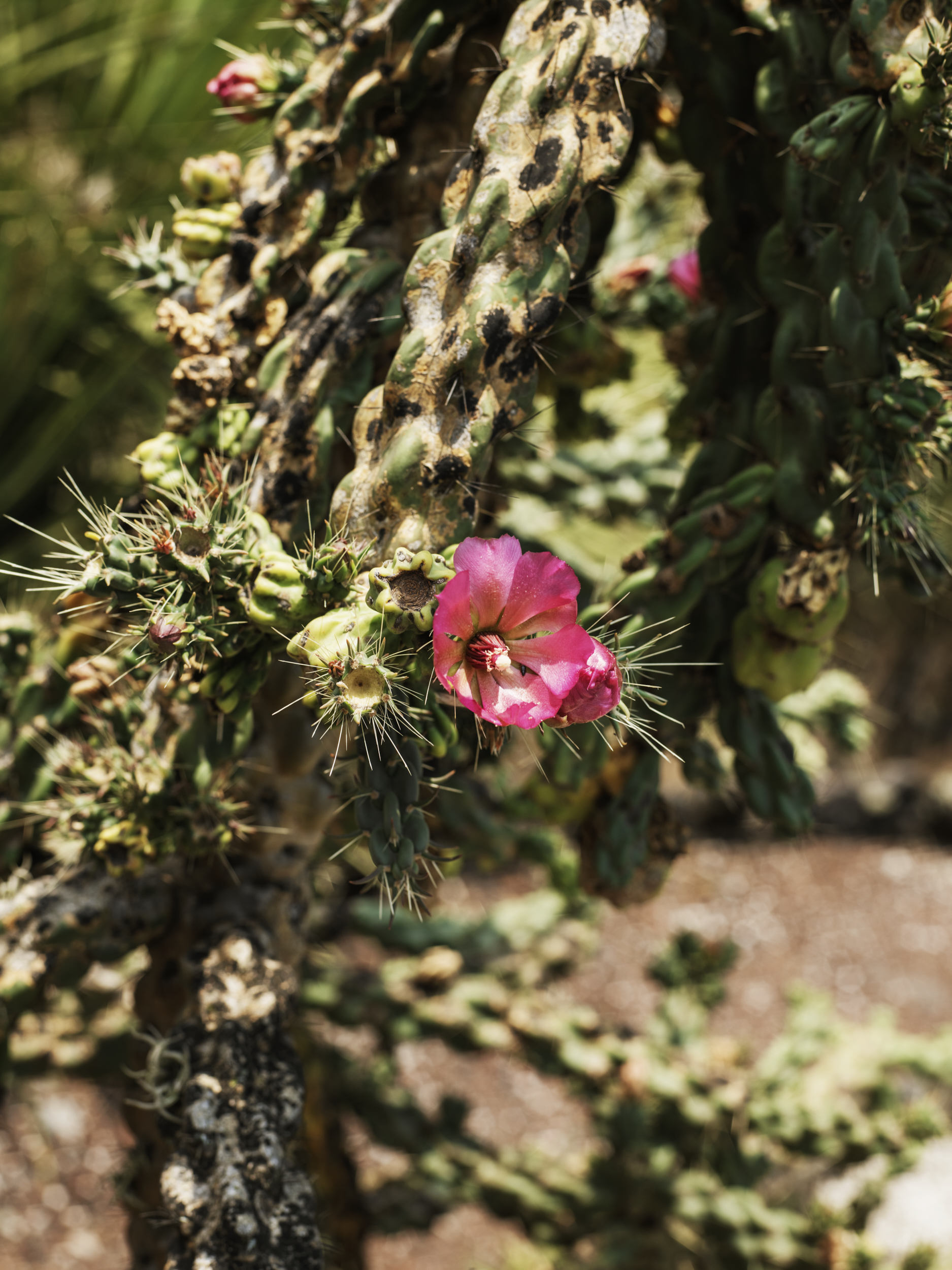 Spring blossom
Spring blossomMexico City, 2019
LA CUCARACHA (2019)
La Cucaracha is the result of four trips to Mexico over the last two years, each spanning close to a month, with Hugo travelling from the industrialised zone of Mexico City to the desert of Hermosillo and the mountainous regions of Ixtepec and San Cristóbal. He states:
I first came to Mexico at the invitation of Francisco Berzunza. He was curating an exhibition of South African art at a museum in Oaxaca and wanted me to make new work for the show. The exhibition was titled Hacer Noche (‘Crossing Night’) and dealt with the liminal space after death. His only brief to me was that the work be about sex and mortality.
The complexity of the work’s title echoes Hugo’s layered exploration of these thematic concerns. Sung with the deceptive simplicity of a jingle, with lyrics describing a cockroach that cannot walk, La Cucaracha is a folk song of contested origin. Historians have traced it as far back as the 1800s, yet it is accepted that it gained prominence as a satirical metaphor during the Mexican revolution when rebel and government forces alike invented political lyrics that commented on the events and effect of the war. Contemporary use of the song has spanned superhero movies, cartoons and recreational drugs. Violence, power, camaraderie and humour find articulation in the song, the country’s attitudes to sex and death, and in Hugo’s images.
Hugo elaborates:
Mexico has a particular ethos and aesthetic; there is an acceptance that life has no glorious victory, no happy ending. Humour, ritual, a strong sense of community and an embrace of the inevitable make it possible to live with tragic and often unacceptable situations.
There is a very different relationship with death here to what I am used to. If one looks beyond the clichés of dancing skeletons and sugar skulls, there’s a deeply complicated connection with mortality. This necropolitical dynamic is most visible in contradictory expressions of honouring the afterlife, in the Day of the Dead celebrations and the brutal dismemberment of bodies by narco traffickers.
Alongside the flamboyance and high-pitched register of this series, there is the ordinariness of the everyday. I am drawn to the fabulousness of the banal and the banality of the exotic.
La Cucaracha marks the first series in which Hugo uses descriptive titles, making more apparent the literary and art historical referencing that have long formed part of his practice. Images such as After Siqueiros, Zapata and Adelita and the sequence of Muxe portraits in particular foreground the country’s canon of visual expression. Hugo continues:
Given the disparate nature of my interests, I've always struggled to situate myself. One could say, albeit reductively, that my work has always been about the outsider – and in the Trump era, Mexico is definitely the outsider.
FIVE LEGGED COCKROACH
Ashraf Jamal
La cu-ca-ra-cha, la cu-ca-ra-cha
Ya no pue-de ca-mi-nar
Por-que no tie-ne, por-que le fal-tan
las dos pa-titas ‘de’ a-tras
The title of Pieter Hugo’s 2019 series – two years in the making – comes from a legendary Mexican song. Delirious, intense, immediate, the song – La Cucaracha – is both joyous and tragic, for while the mood is uplifting its theme – the broken gait of a cockroach reduced to five legs – reminds us that every aspiration harbours its dark and agonistic side.
Federico García Lorca has the best descriptor for the mood and spirit of La Cucaracha – duende. A term widely used in Spanish, Portuguese, and Filipino folklore, duende refers to the ‘ghost’ or ‘goblin’ which inhabits a song. As Lorca phrases it, ‘the duende … is a power, not a work. It is a struggle not a thought. I have heard an old maestro of the guitar say, “the duende is not in the throat, the duende climbs up inside you, from the soles of the feet”.’
To understand Pieter Hugo, one needs to forego the commonplace view that he is a voyeur – someone who, from a position of immunity and impunity, objectifies the lives of others. The persistence of this view is troubling, because it mistakenly and predictively supposes that the artist records the world from a position of power – white male power to boot. This view is not only naïve, it is stunting, for it forces one to appraise a Hugo photograph as a thing, an object seen and framed from a prejudicial perspective.
However, if this were the case, what are we to make of the ‘spirit’ that courses through the work? What of the ‘power’, the ‘struggle’, that traverses the bodies seen, staged, and recorded? What of the electrified force field that shivers through the bodies, climbing up from the sole of a wounded foot? What, in other words, of the lives of others?
If Hugo’s photographs are a form of ethnography – and not anthropology – it is because they are a mode of writing the world – a scripture. This is because Hugo’s photographs – be they of Algerian men in a fashion shoot on the streets of Marseilles, or actors involved in the occult underbelly of Nollywood, or a grouping of people who, while distinct, belong to a particular caste or ‘kin’ – possess one persistent quality: they speak not to a type but to the complexity of being which courses through a given type.
This is because Hugo’s photographs are unerringly and unwaveringly human. While most photographs record the type – the projected moral idea which gives a being its meaning – Hugo, unmoved by such a presumption, digs deeper to release the ghost of the troubled souls he encounters. His greatest gift is this Lorca-like ability to find the energy that cuts through the shell of the body.
The earliest interpretation of the power of photography was preoccupied with finding this spirit inside the stillness of a staged subject. Mysticism and neuroses were both fearful of the body’s soul being stolen in the instant that a photograph was taken. Today, in our image-saturated era, this concern has fallen by the wayside. But photographers like Hugo, who are a rare breed, persist in the belief that images possess an aura – that they carry the soul across a strait, rather than merely abducting or suppressing it.
It is this power – intrinsic to duende – that Hugo bodies forth every time he digs in and digs down to understand what it is he is seeing, and what can be seen. His camera is not a machine for surveillance. Rather, it is an alchemical tool which searches always for life’s trigger. And, in this case – the case of La Cucaracha – it is the Mexican body in all its contrary iterations and expressions that he has now bodied forth, a body bio-politically compromised, a body broken, ungainly, in pursuit of dignity despite the ignominy directed towards it from a bigoted and racist Western perspective.
It is no accident that it is the cockroach to which Hugo has turned, a creature one loathes as much as one envies, the scavenger and pest that is also the great survivor of any man-made or natural disaster. A creature perceived as an outsider, as alien, the cockroach is also humankind’s greatest reckoning. As the folkloric anthem goes: ‘The cockroach, the cockroach / can no longer walk / because she doesn’t have / because she lacks / the two hind legs to walk’. Disability, or invalidity, is the key to the song’s meaning. And yet, despite this compromise, the creature thrives on the hither side of its negation.
This, I believe, is the source code or wisdom that informs Hugo’s suite of photographs. What interests him – and persistently so – is how a being, while hocked or hobbled, manages to thrive and grow in strength. Out of lack comes power, out of abnegation comes strength. And if we, the viewers, fail to see this, then the fault is ours, for it is never enough to imagine one’s strength at the expense of others. It is never enough to suppose the abject object as a foil for one’s imagined composure and power. Rather, what should occur – what occurs in me when looking at a Hugo photograph – is an empathic understanding. It is not only the photographer’s optic that I see – though Hugo is omnipresent – but the person or persons who occupy the frame.
For some there is a formula in the way Hugo frames and lights a photograph. The resolution is acutely sharp, molecular in its detail. This might suggest that it is the two-dimensionality of the image – its sheer face – that matters to the artist, a taste which his detractors have criticised precisely because it appears to narrow the focus and reduce psychological complexity. I however disagree. For within the stark austerity of these works something else is also at play – the tremor in the figures – be it in the embrace of naked lovers within and against a jagged quarry, the man’s feet ashen, as though leeched of life; or the insouciance of the advocate at home, an odalisque reclining naked across a divan, clothed only in a pair of white socks.
How one interprets and feels these photographs reveals what one chooses to believe. Let me be clear: there is no straight answer. Rather, a nagging question prevails – a split apprehension – concerning whether Hugo’s photographs are truly empathetic works or whether, as a friend and photographer remarked, they ‘look like empathy’. This misgiving or doubt is not one I share, but one I have persistently encountered. It raises the question as to the honesty of Hugo’s photographs. For me they undoubtedly are, but the honesty he communicates is forked: it resides in the beings he presents to us, and, in a curiously perverted way, in the distance the artist sets up to achieve an impassive and unflinching gaze. Before a Hugo photograph we are at a crux – which, tellingly, is also the descriptor for the toughest section in an ascent in rock-climbing and mountaineering.
As I understand it, Hugo is never exercised by his own subjectivity or morality. He is unconcerned with telling us what he thinks and feels. Rather his empathy, stemming from a calculated distance, asks us to suspend opinion and recognise a ‘power’ – the power of photography as a recording tool and the power within the human – which is greater than the ‘work’ itself. For as Lorca reminds us, great art ‘is a struggle, not a thought’.
The corrective moral lens which detractors apply to Hugo’s photographs stems from a mistaken and misguided assumption that Hugo is unaware that photography, as a mechanism and machine, can never arrive at the truth of the moment recorded. Hugo understands this obstacle all too well. But what makes his work unique is that in knowing this he does not then try to trick us into believing in some residual truth. Rather, by unmasking the impossibility that we can arrive at some sentient truth, he then, cannily, allows for the possibility of this impossibility. Therein lies the paradox, the crux, and, in my view, the genius of this photographer.
Hugo does not lie, or pretend, or presume. Within the falsity that is photography he is able to body forth the human, not as a type, or caste, raced or sexualised identity, but as a creature traversed by these descriptors yet never reducible to them. Therein lies the intelligence of Hugo’s optic, therein the humanity in images of men and women hobbled by life, but triumphal all the same.
The broken cockroach with its five-legged gait is each and every person photographed, and each and every one of us who gazes at them. Broken cockroaches all, stripped of illusion, we peer balefully at each other from across a void.
Ashraf Jamal is a Research Associate in the Visual Identities in Art and Design Research Centre, University of Johannesburg. He is the co-author of Art in South Africa: The Future Present and co-editor of Indian Ocean Studies: Social, Cultural, and Political Perspectives. Jamal is also the author of Predicaments of Culture in South Africa, Love Themes for the Wilderness, The Shades, and In the World: Essays on Contemporary South African Art.